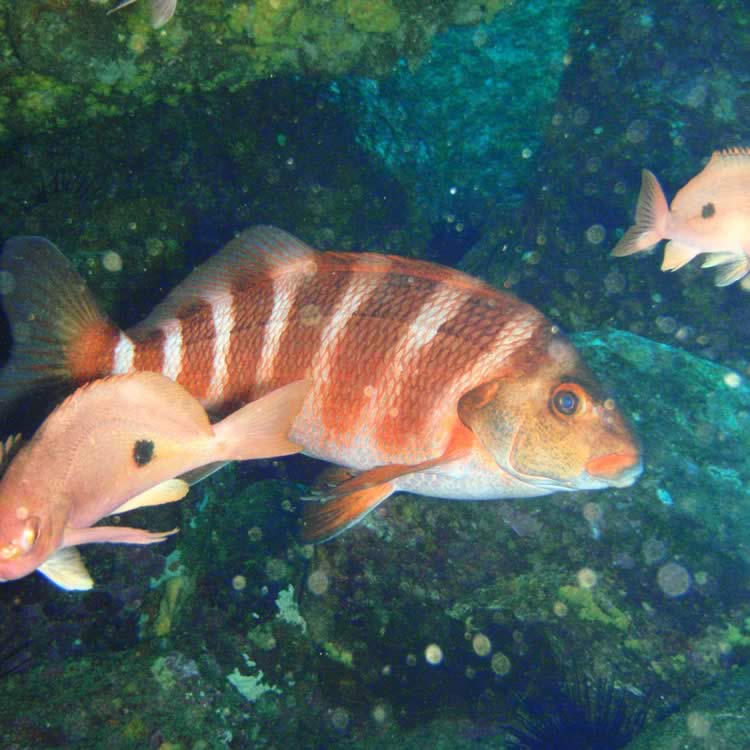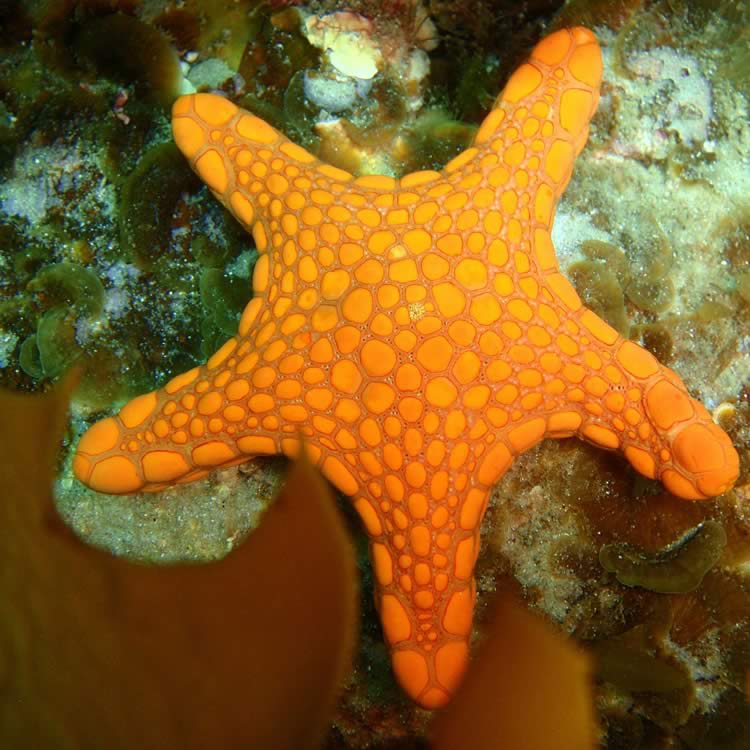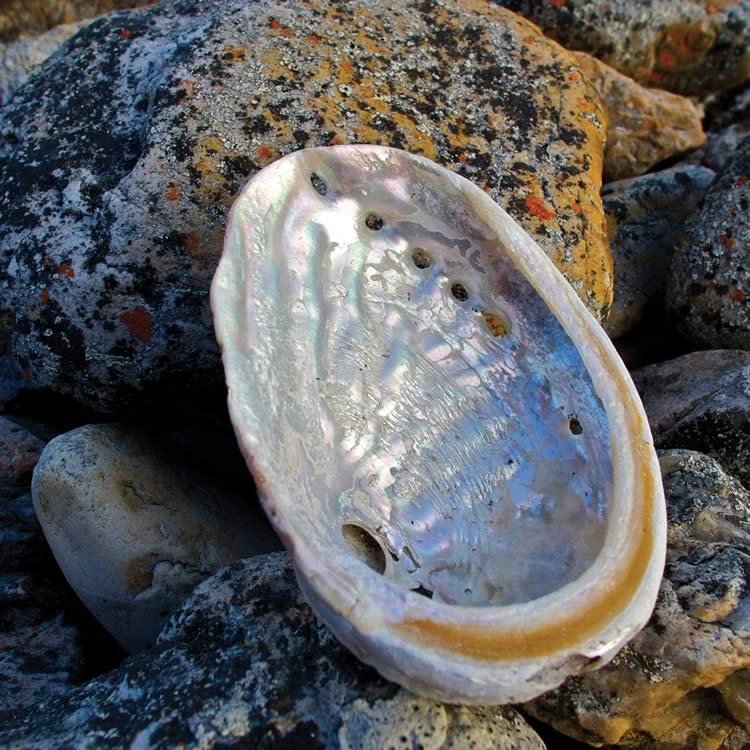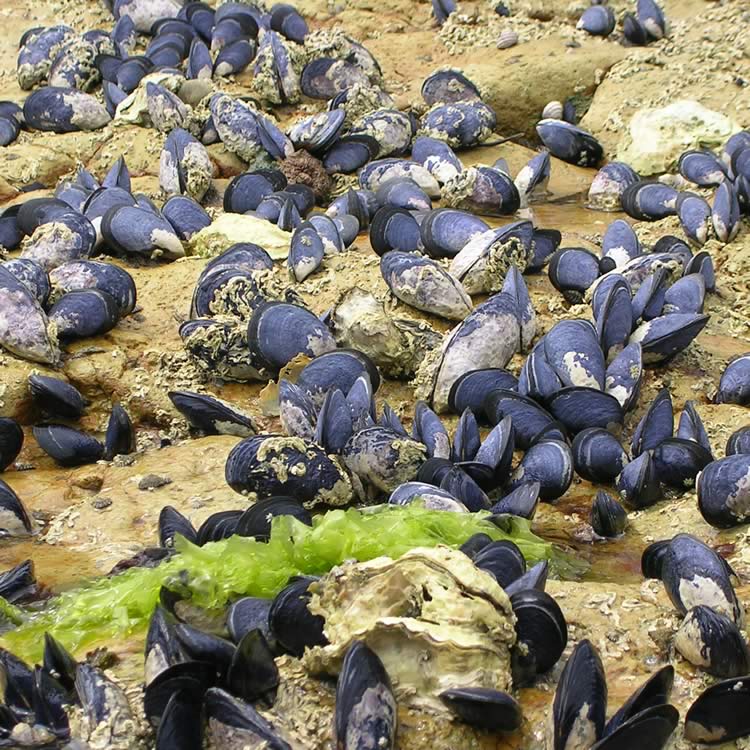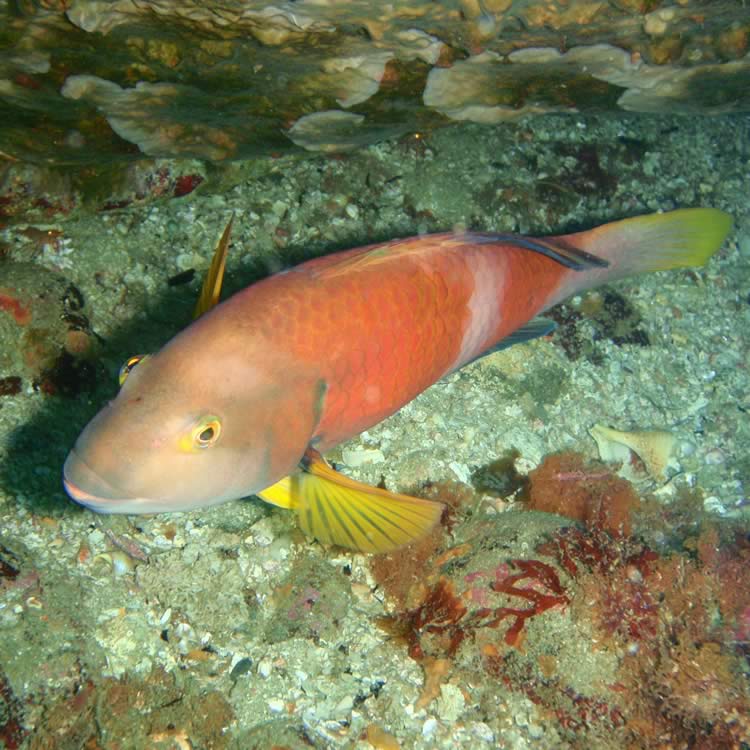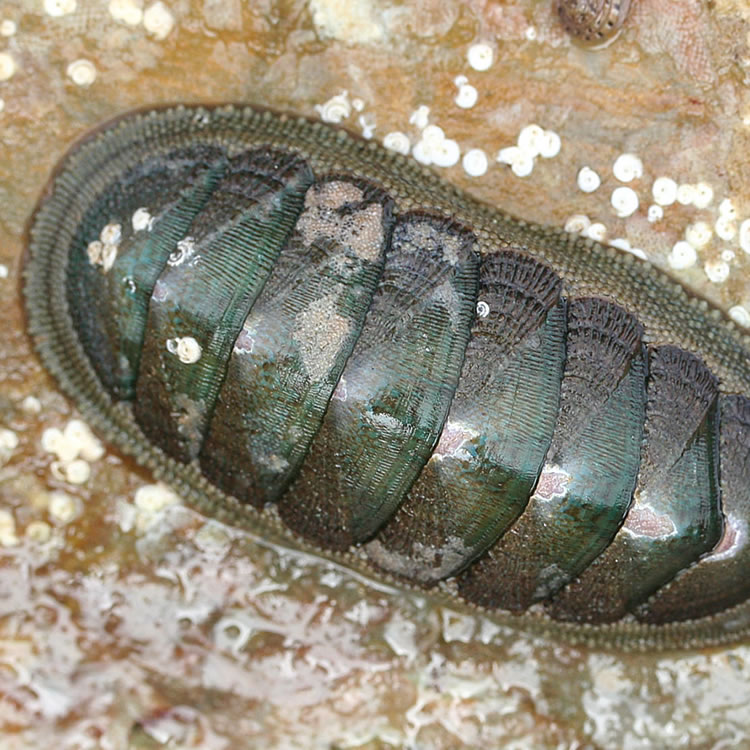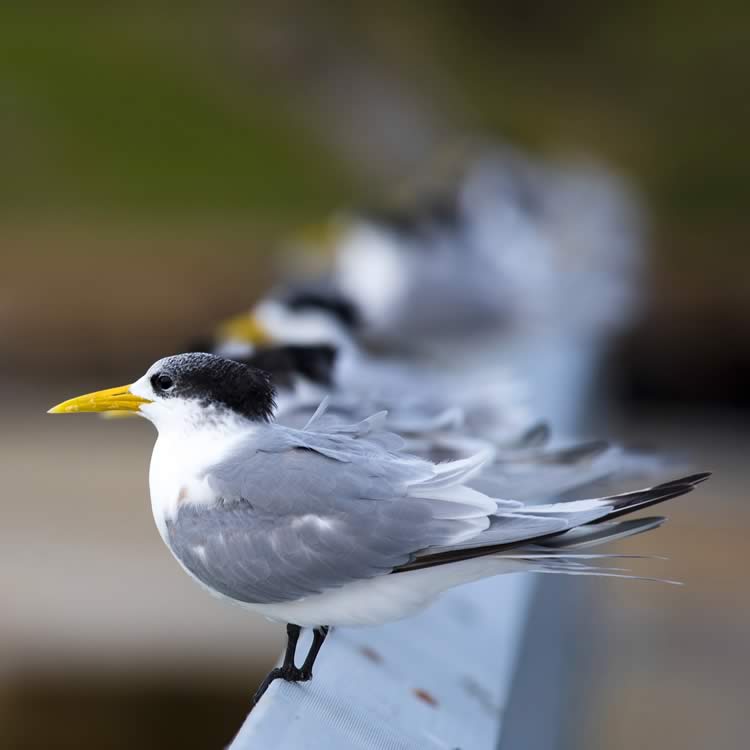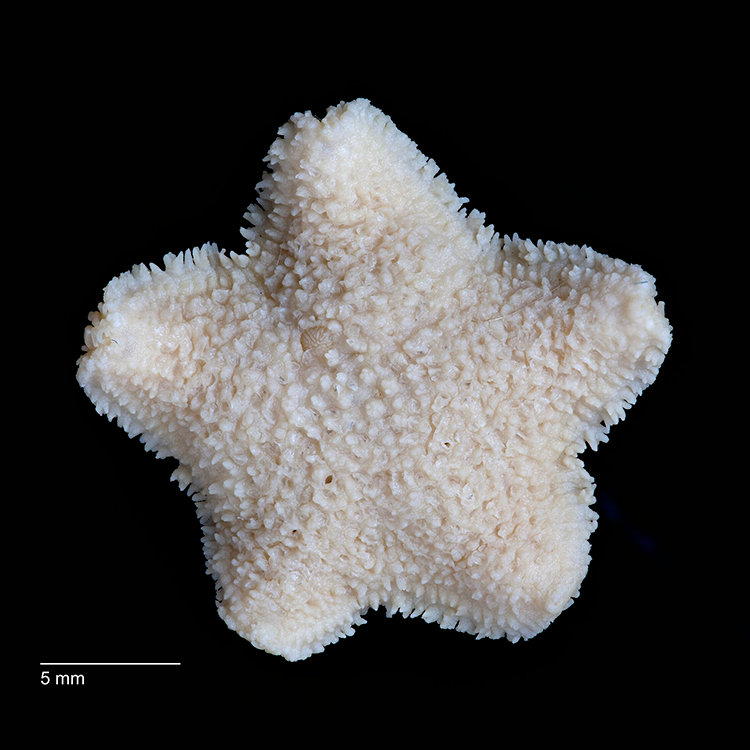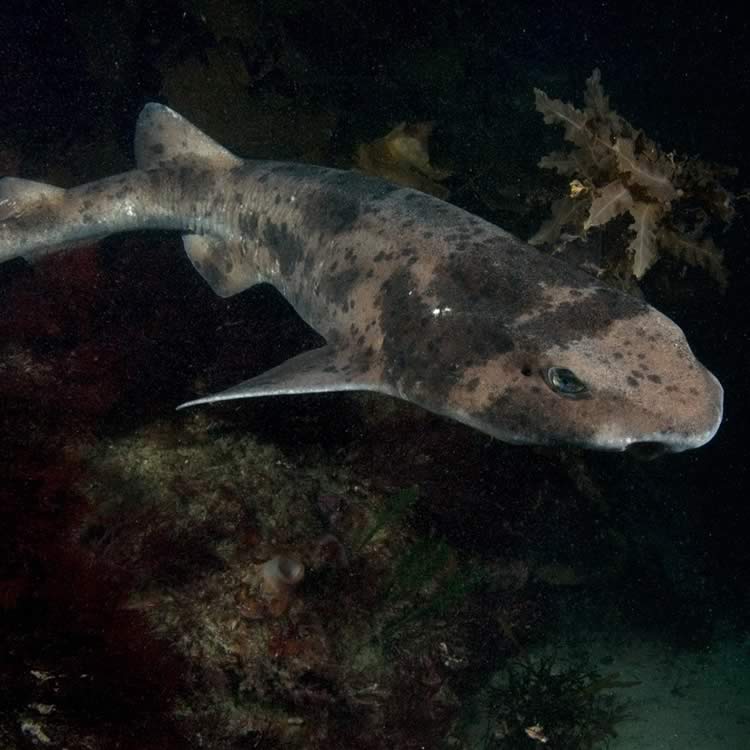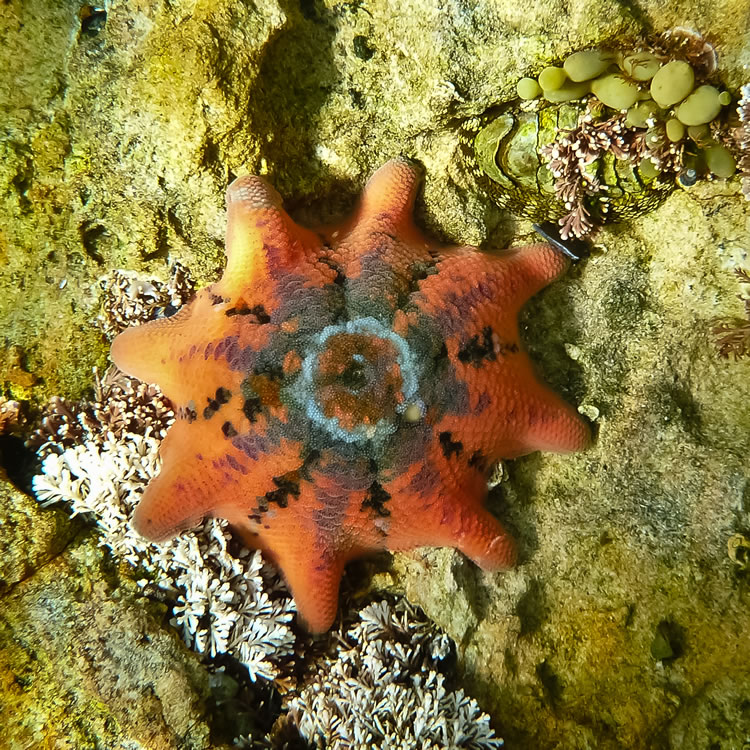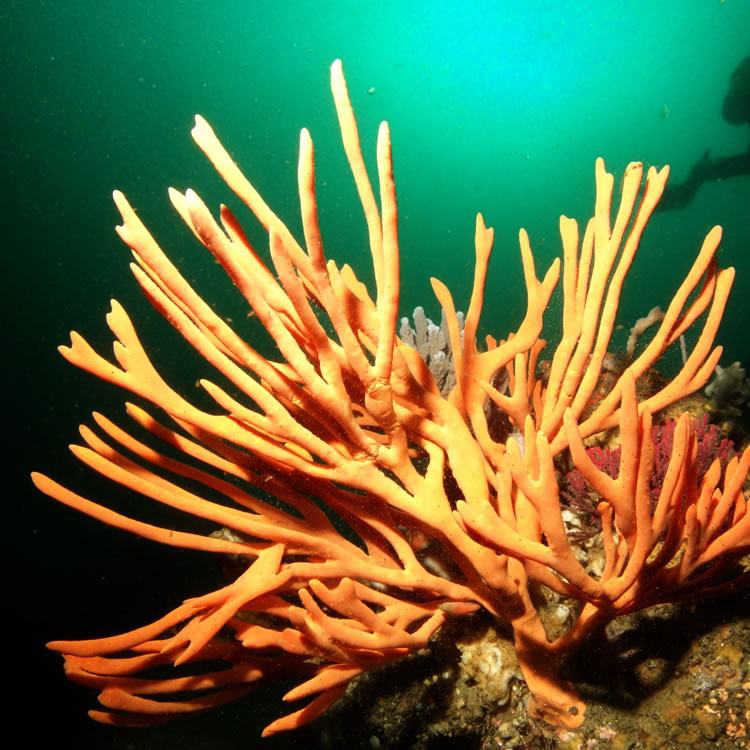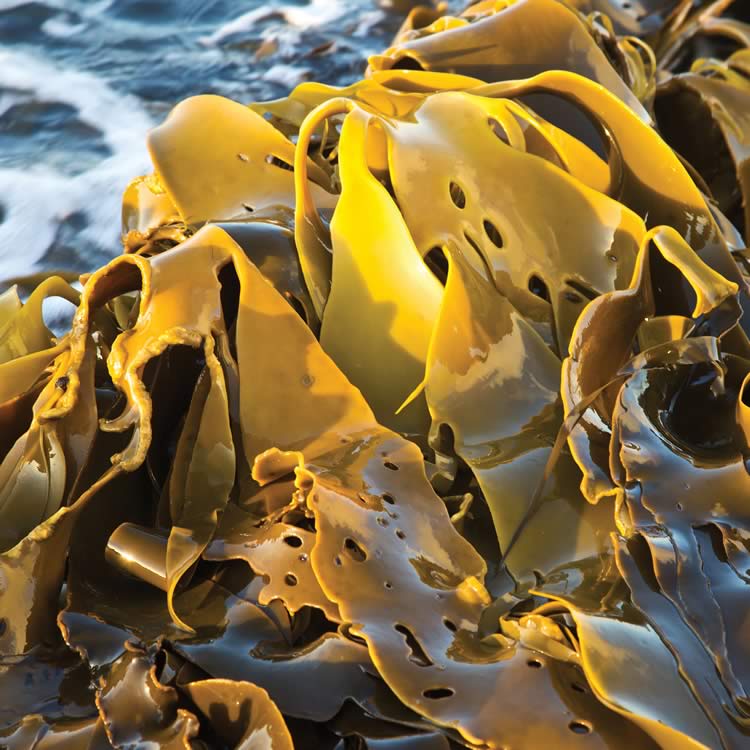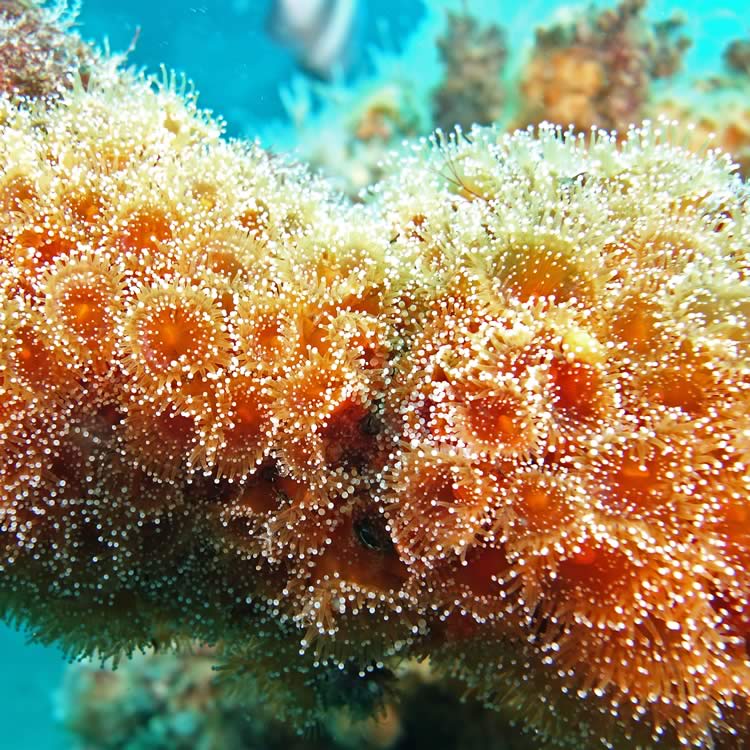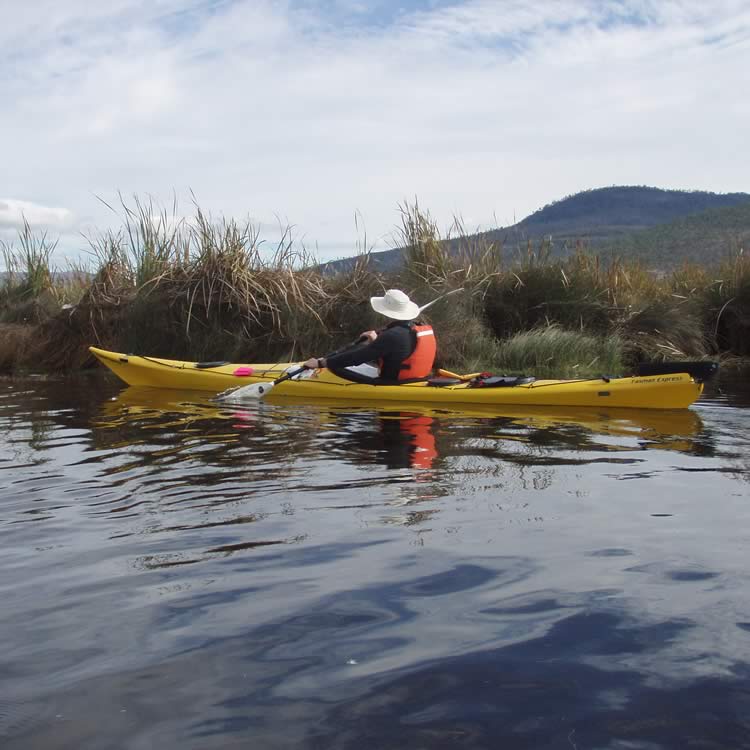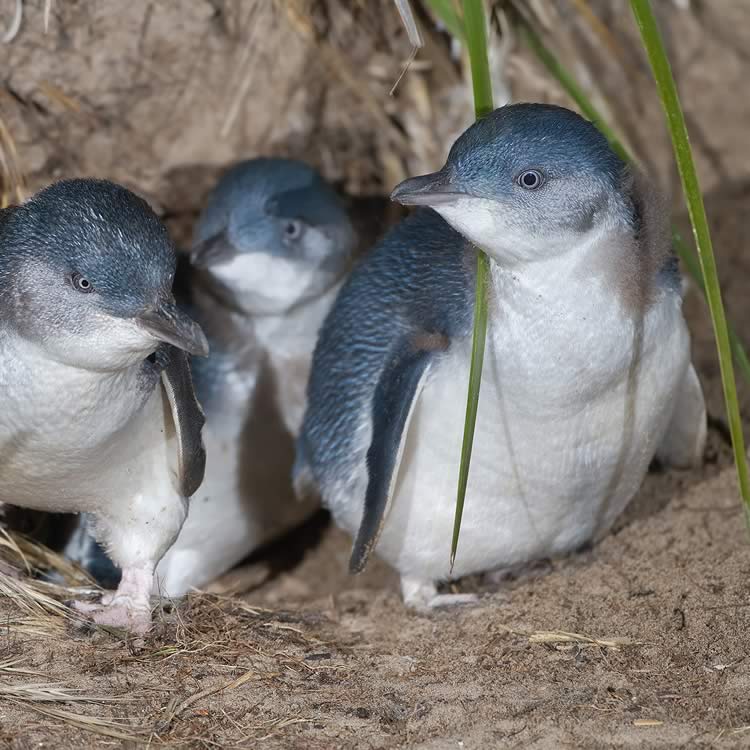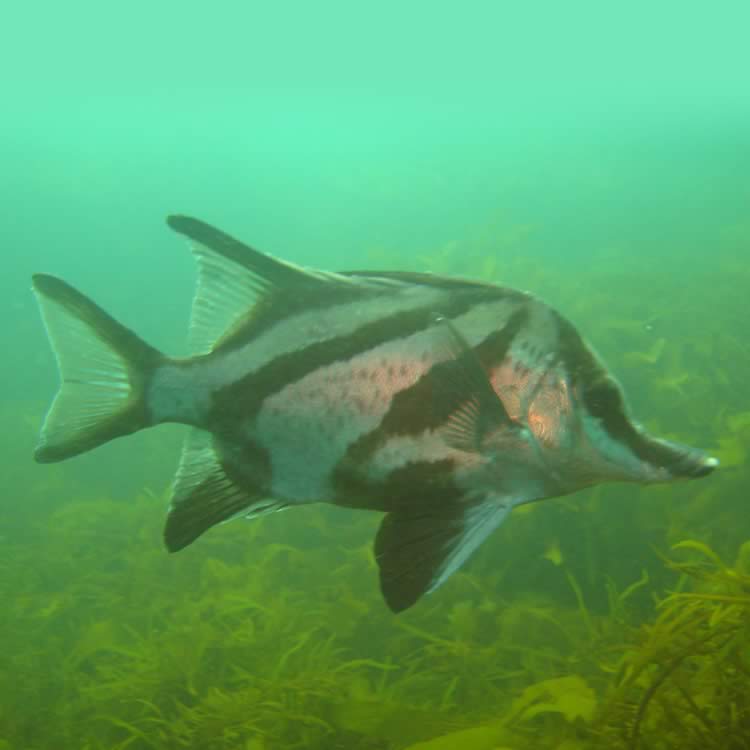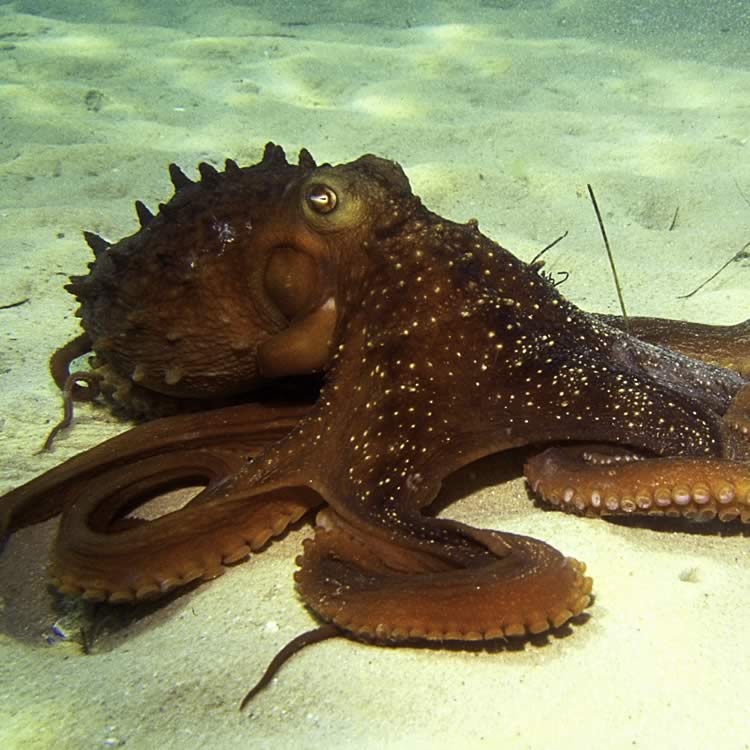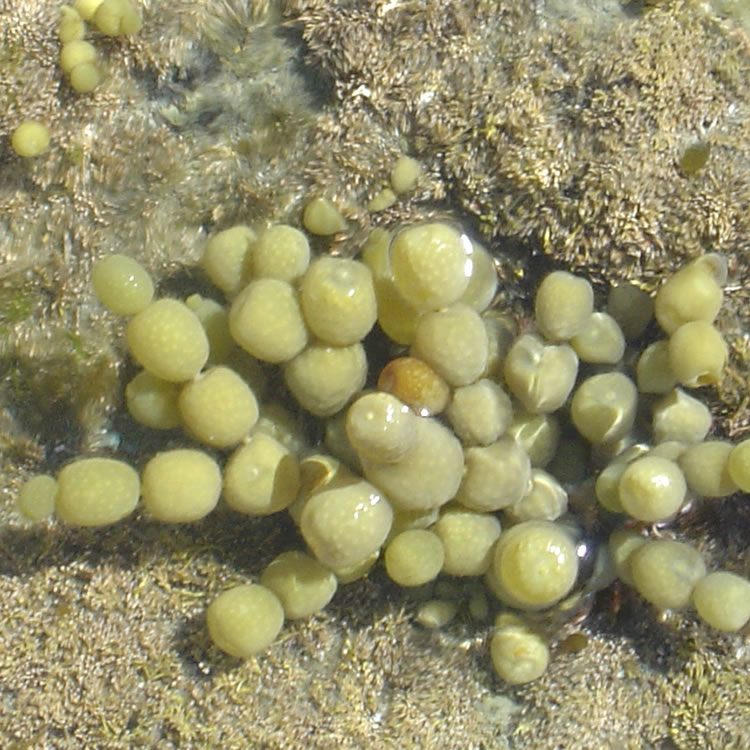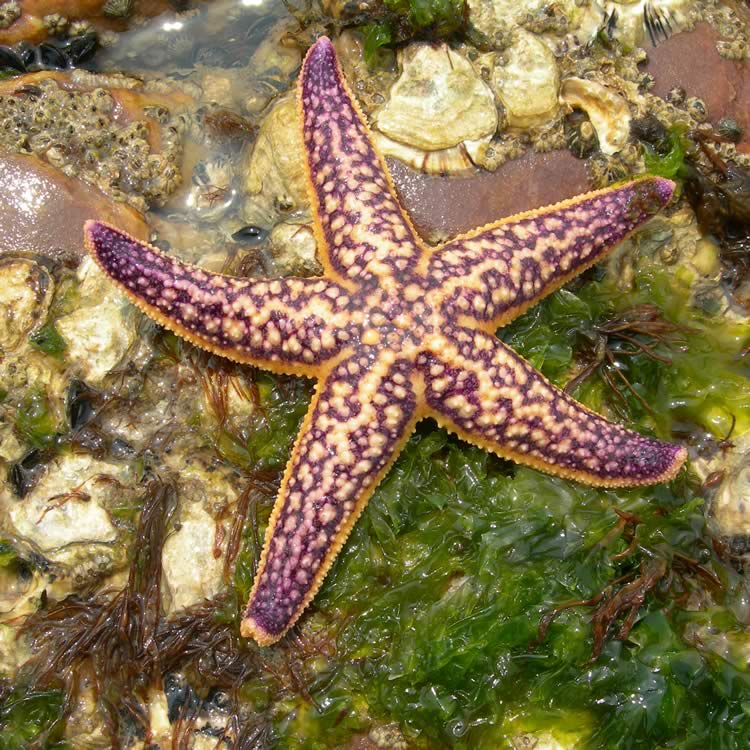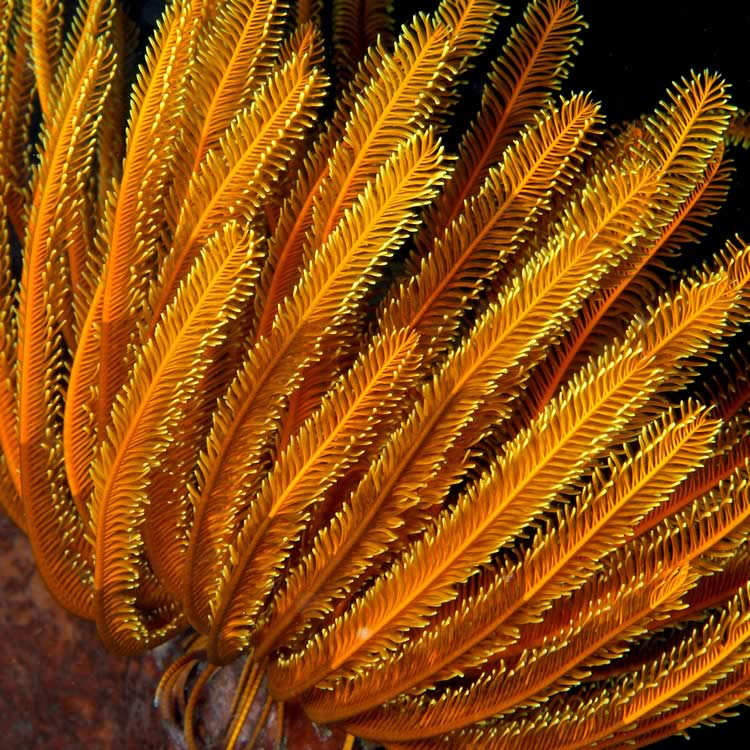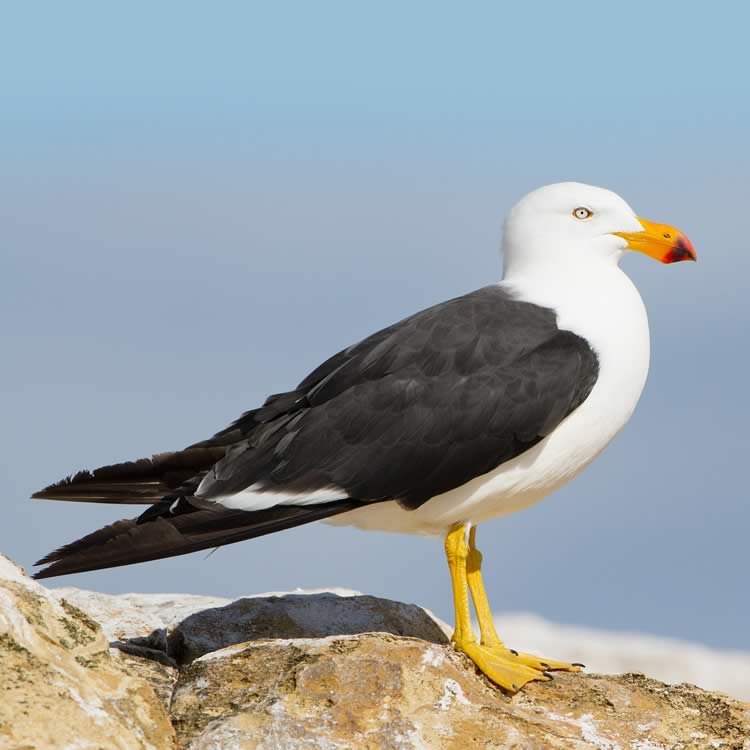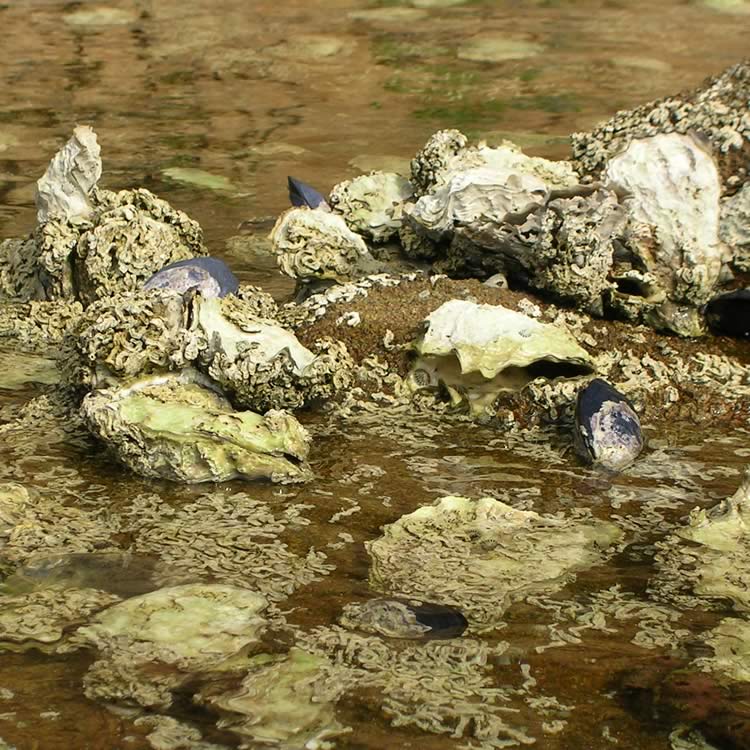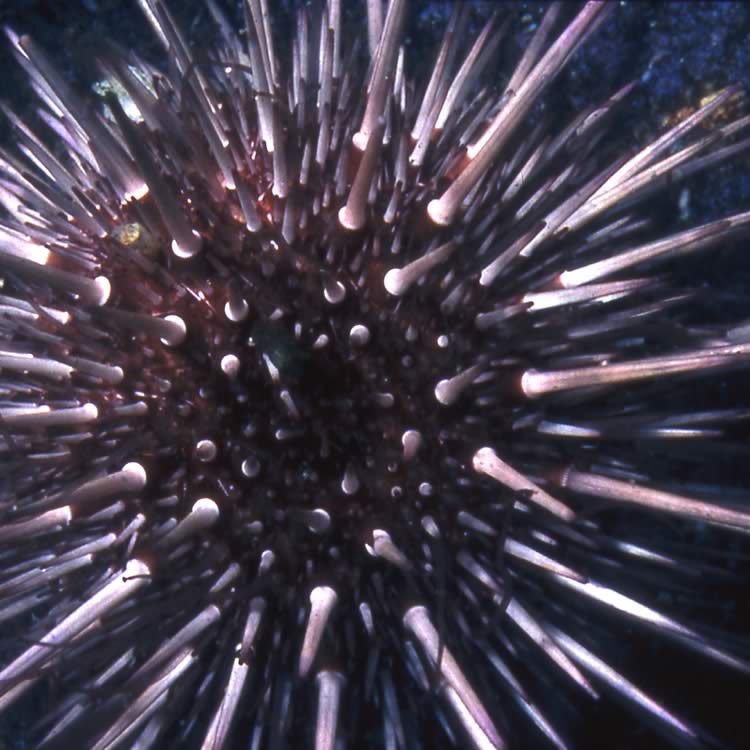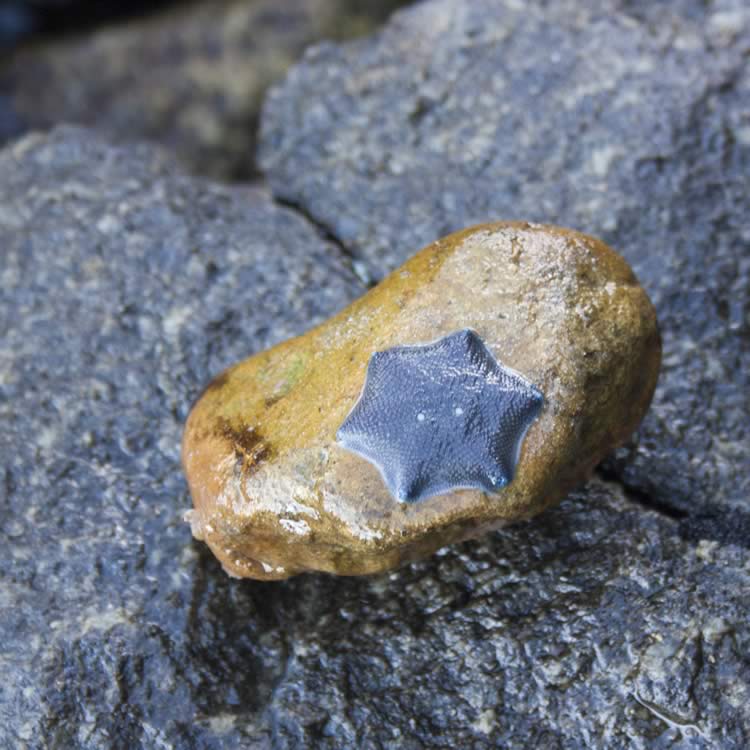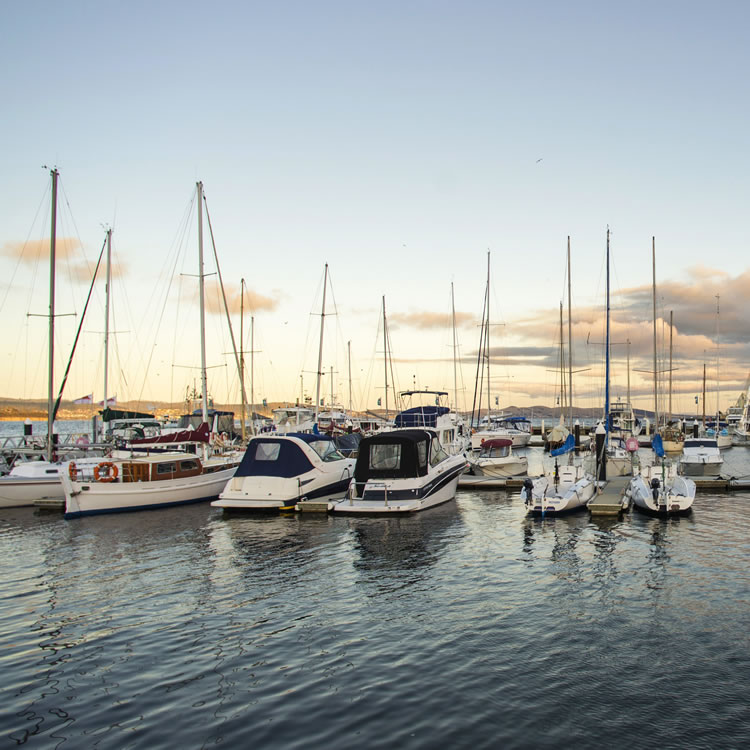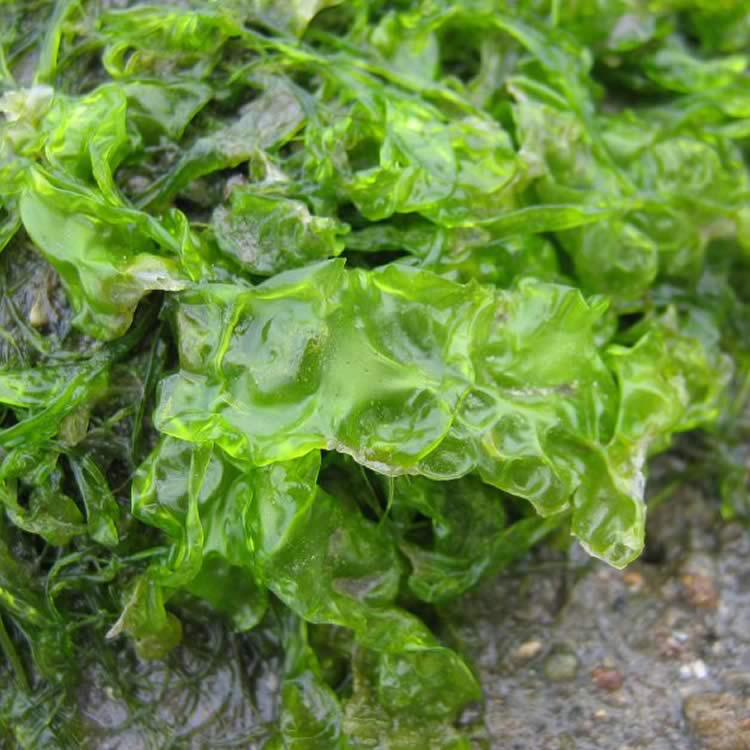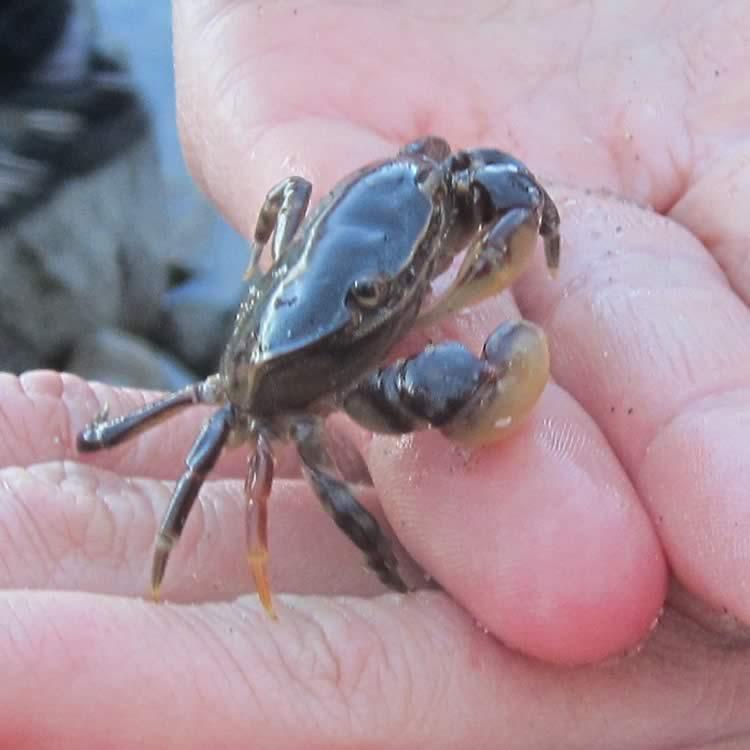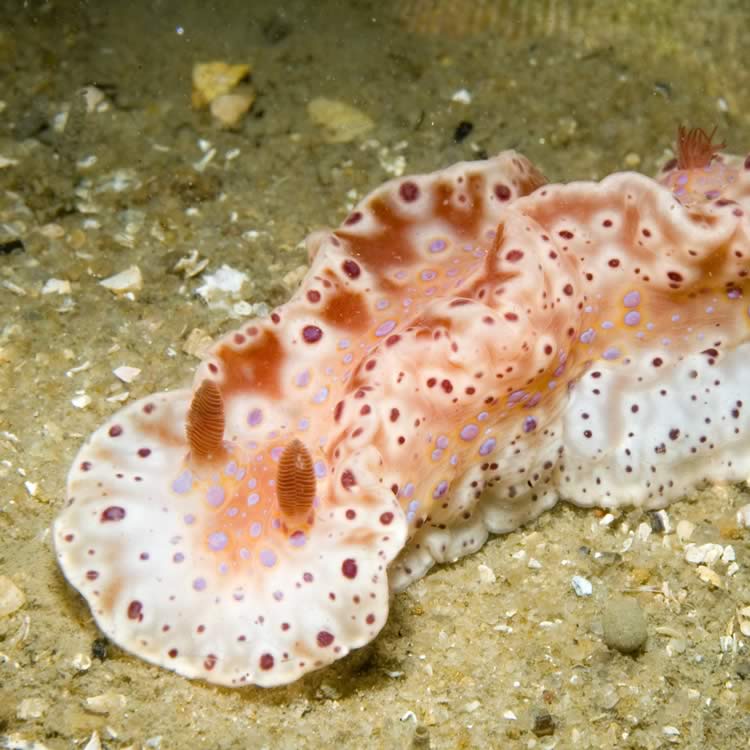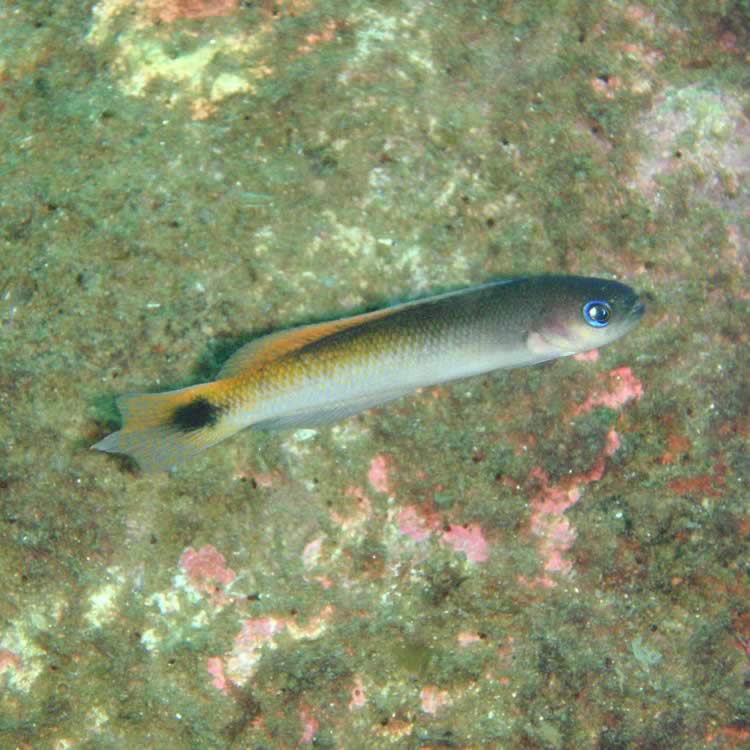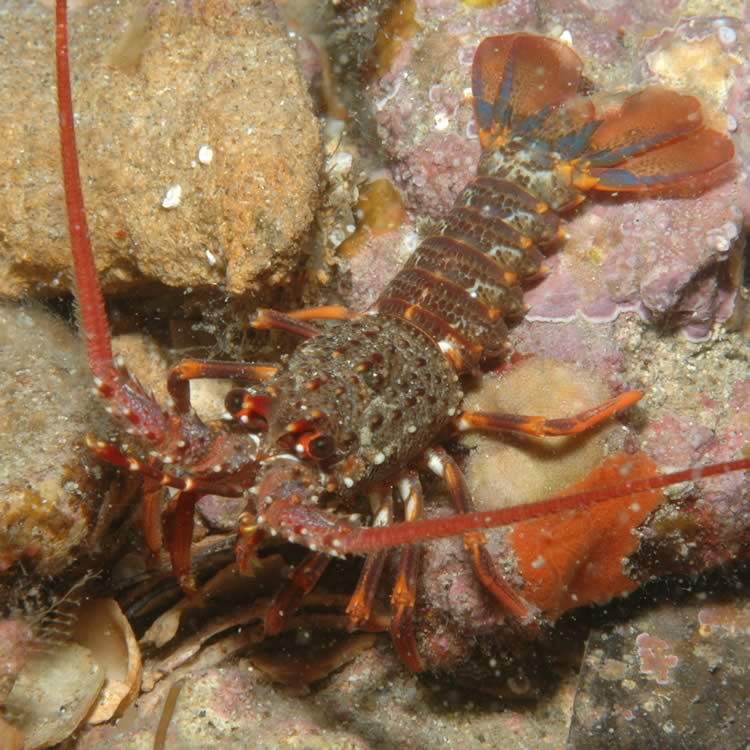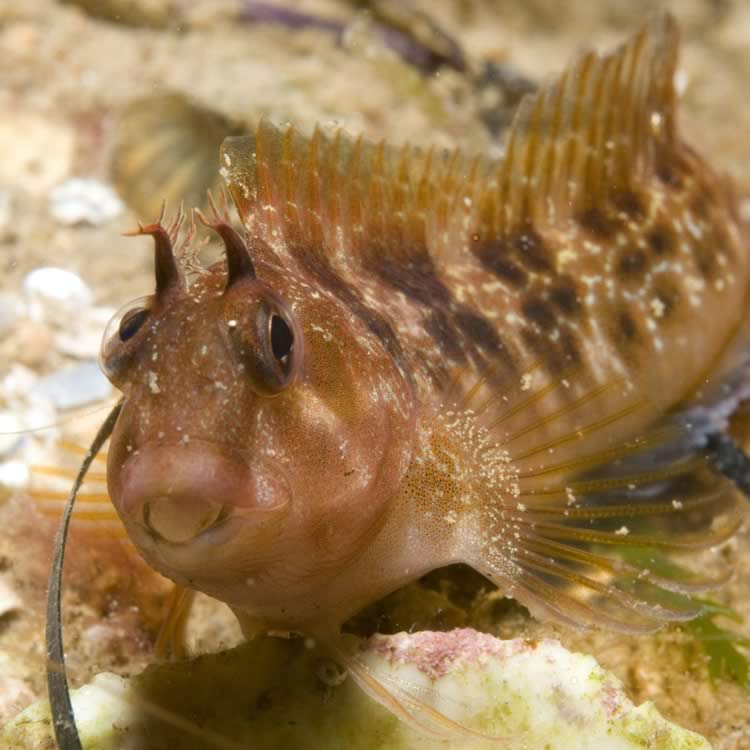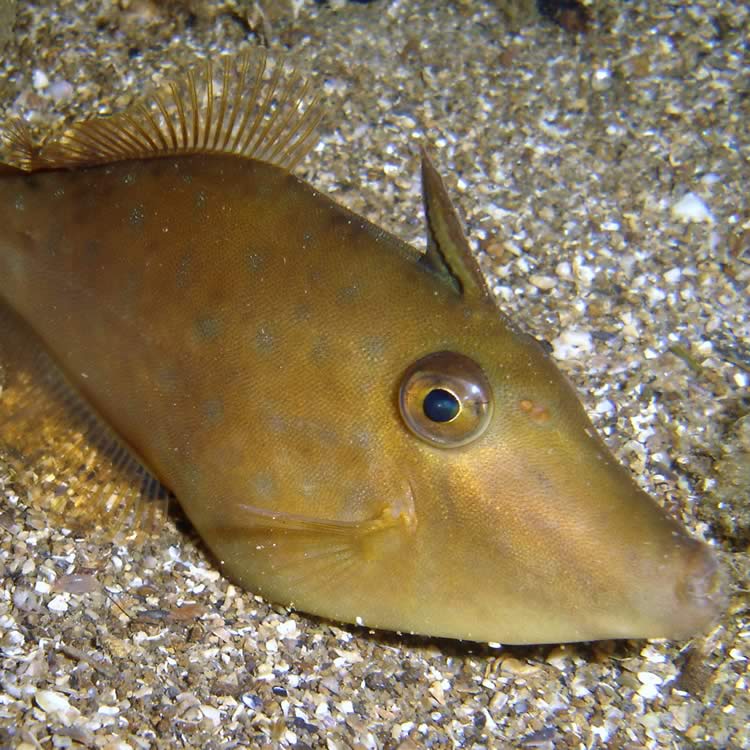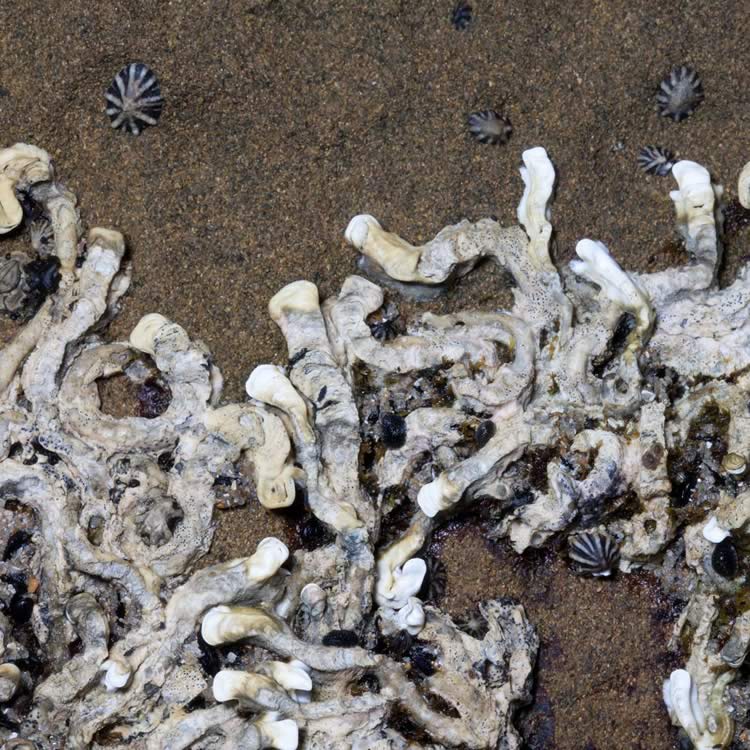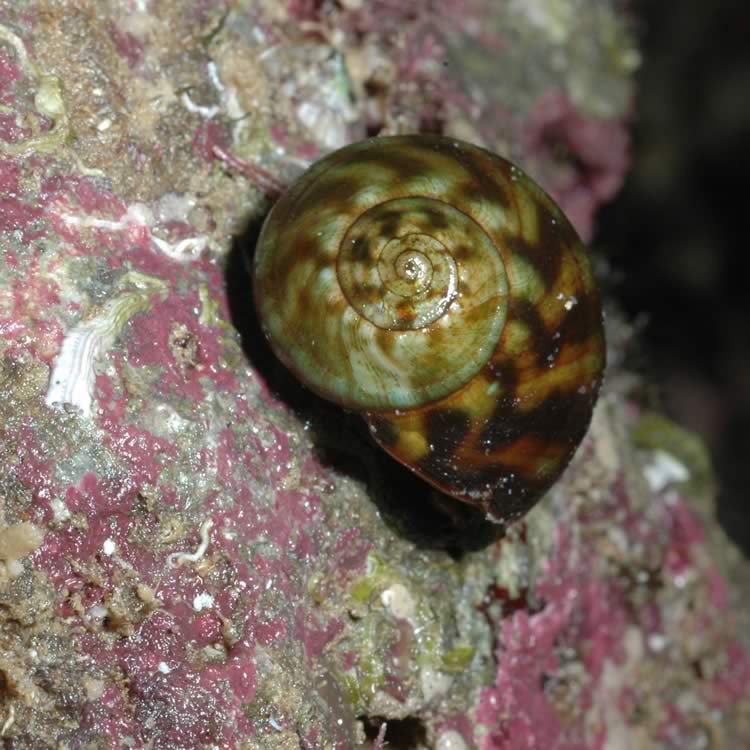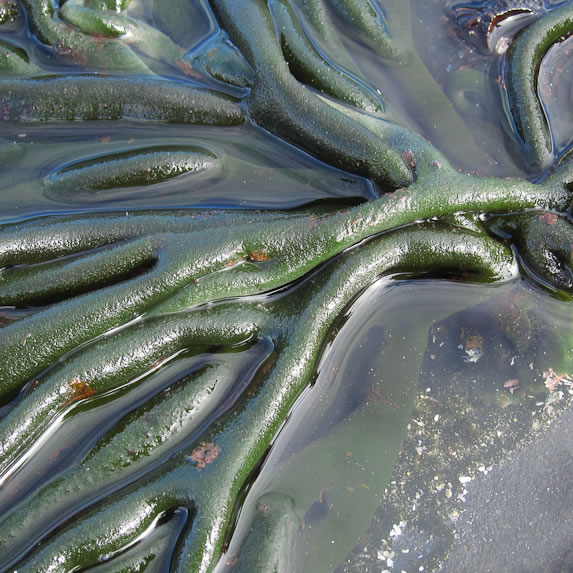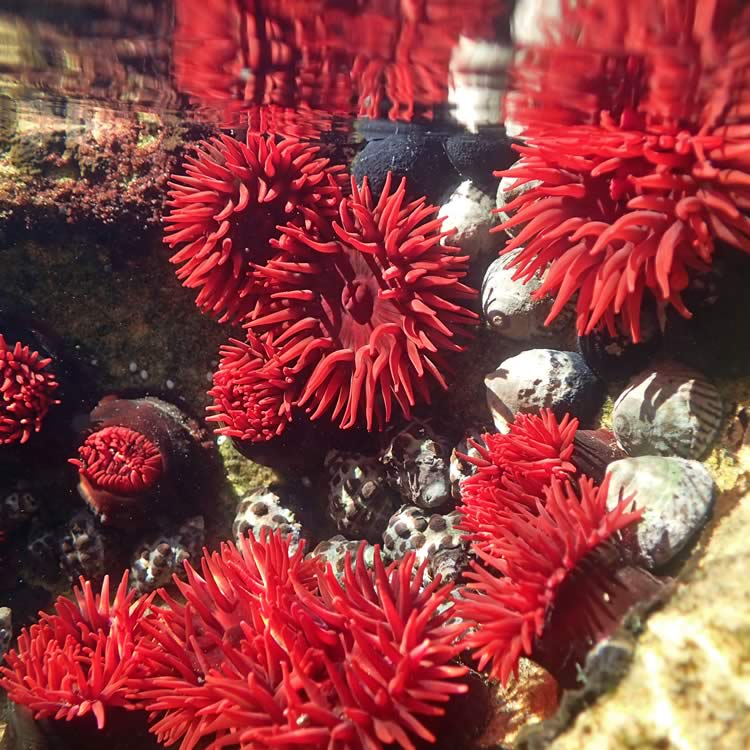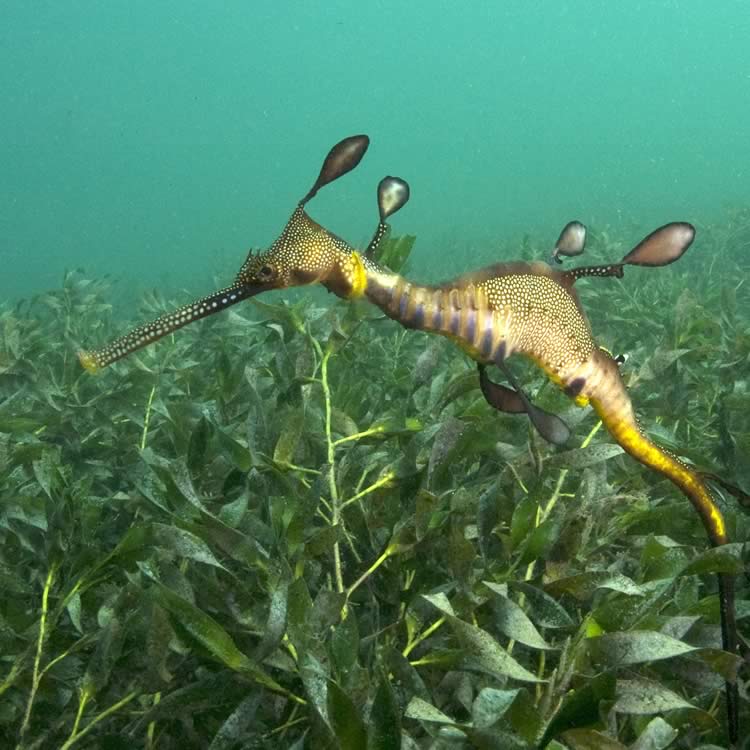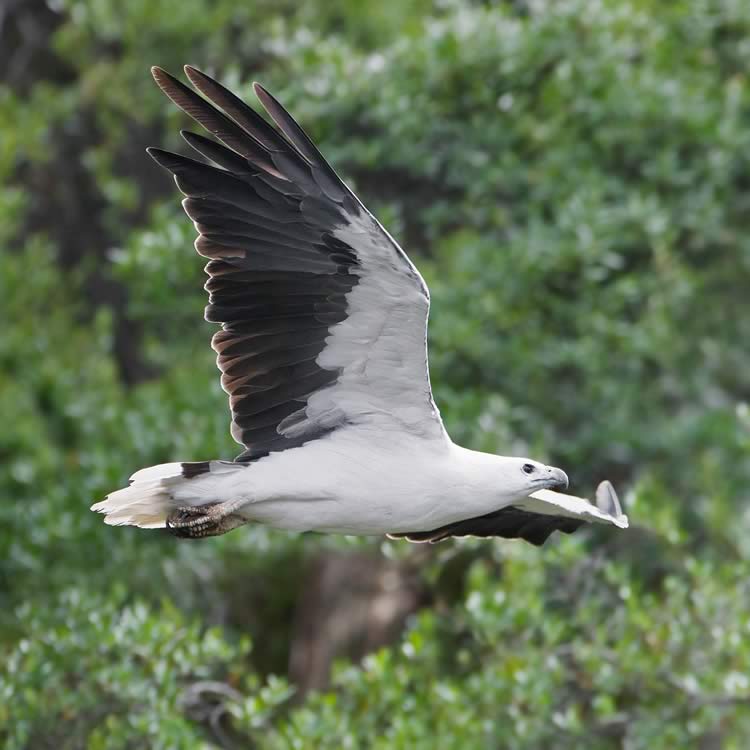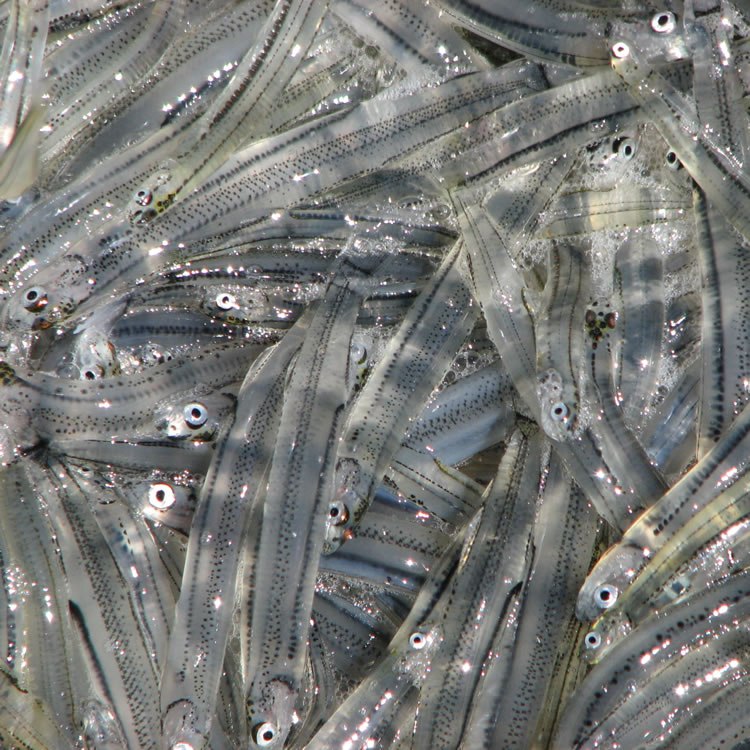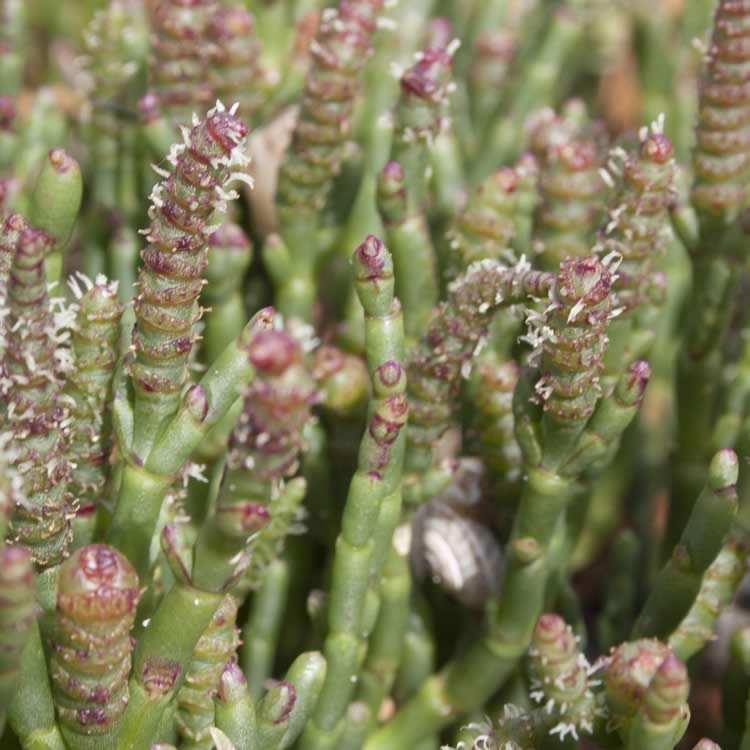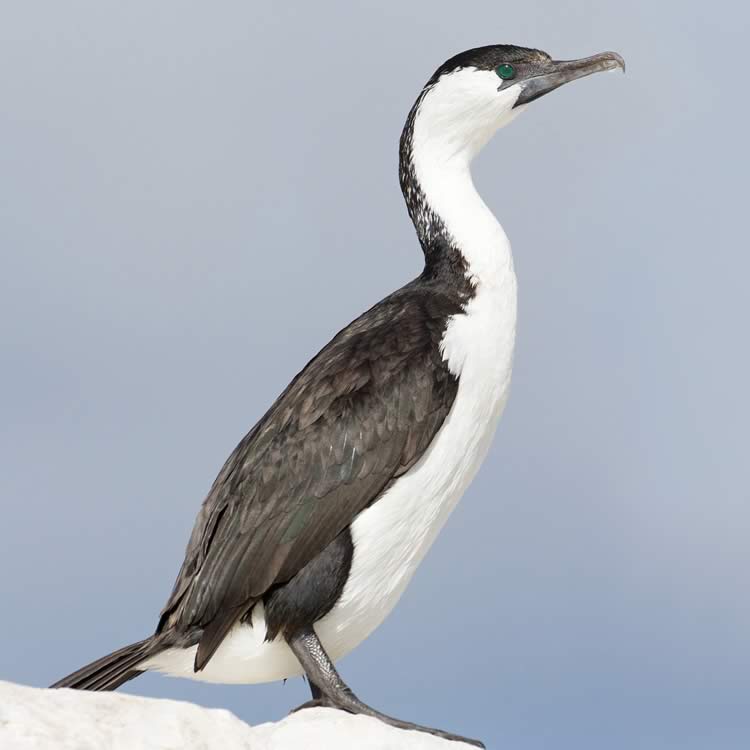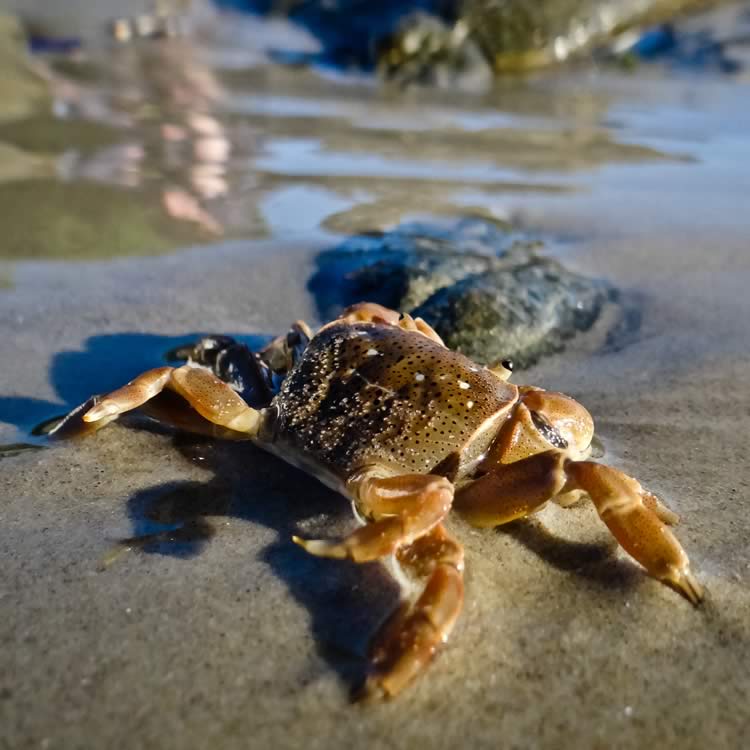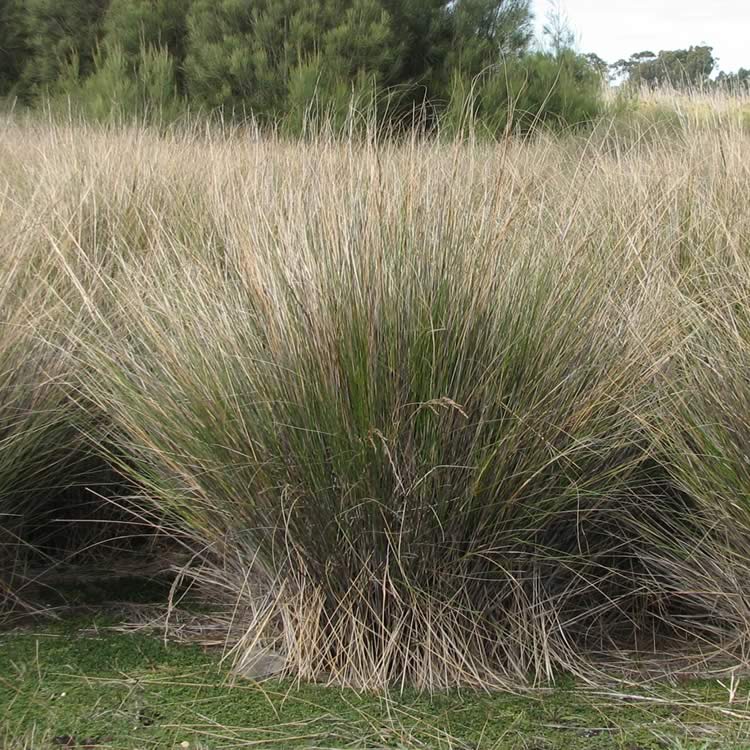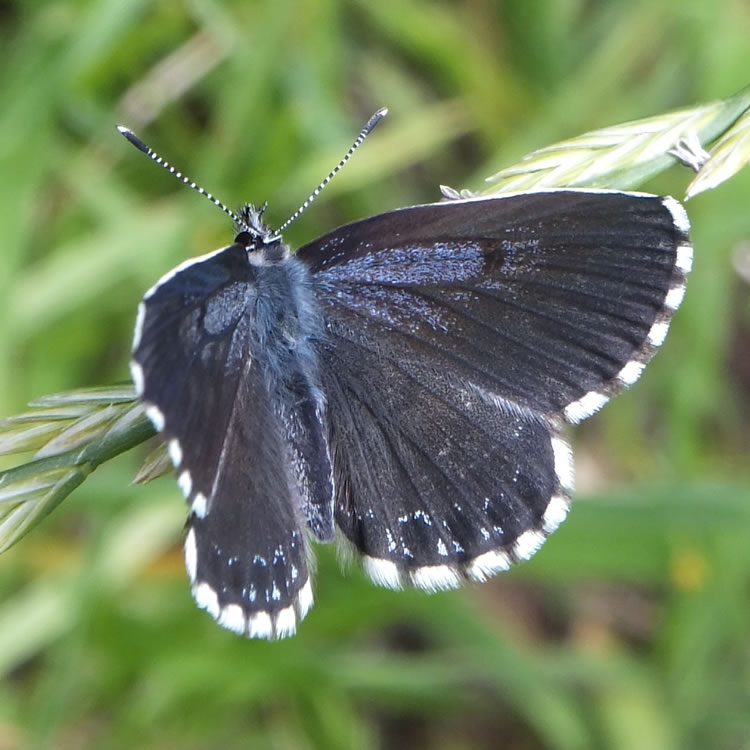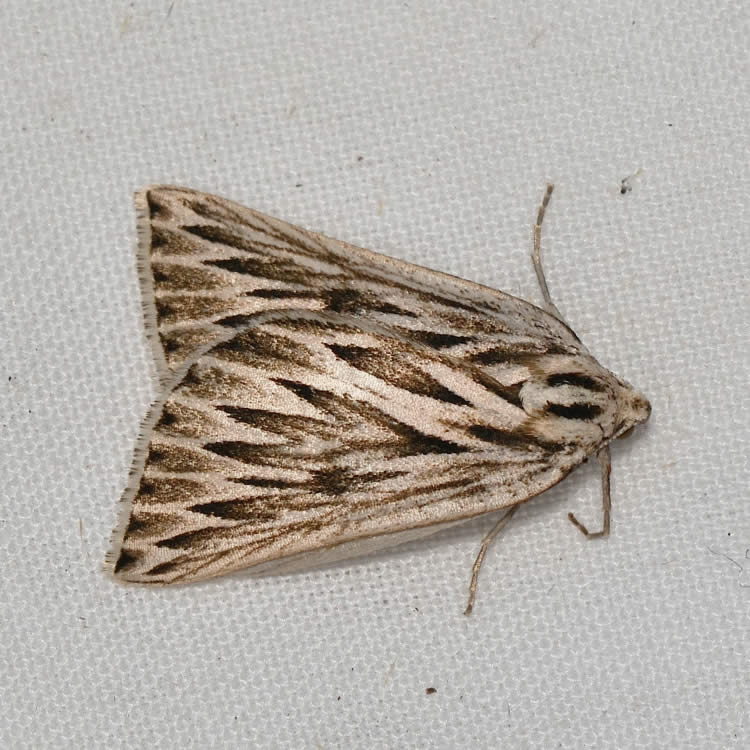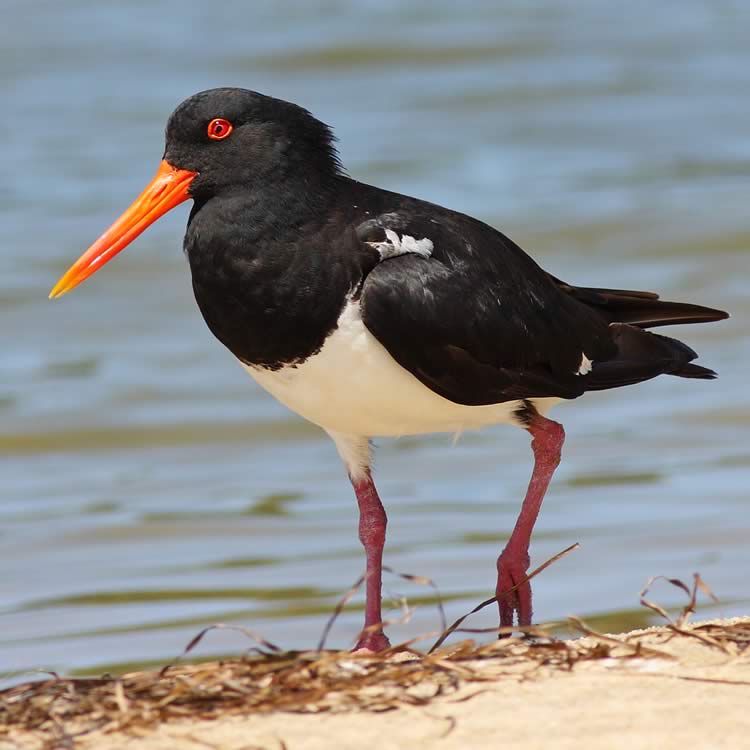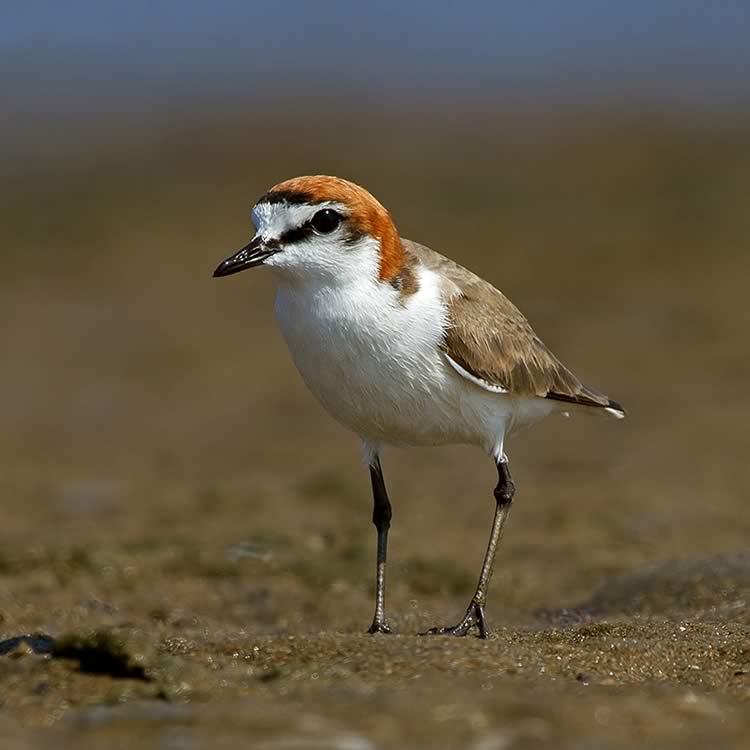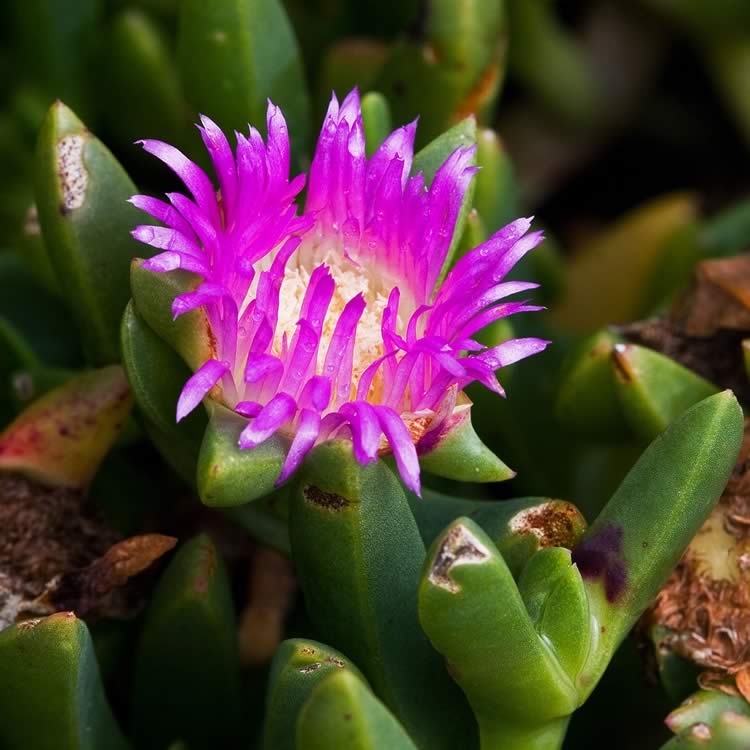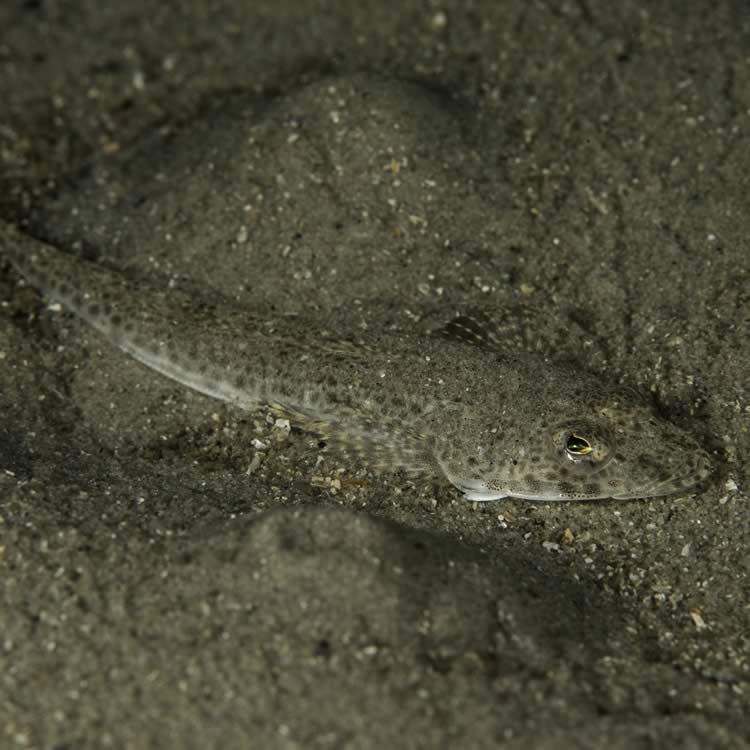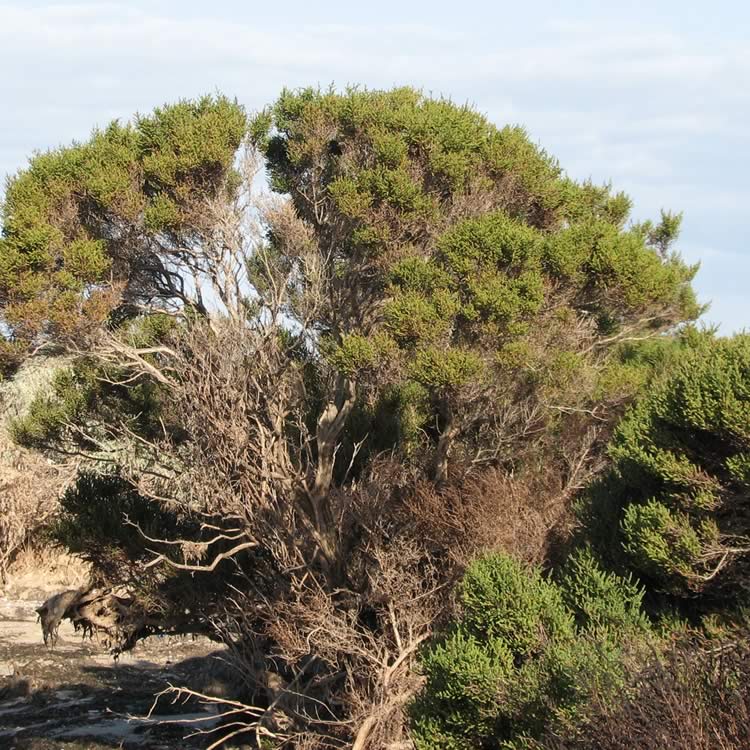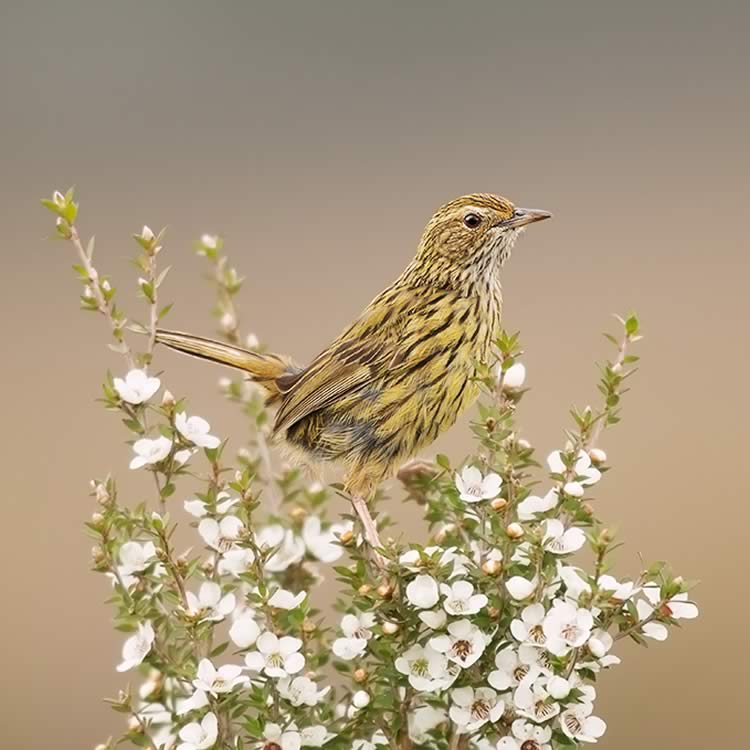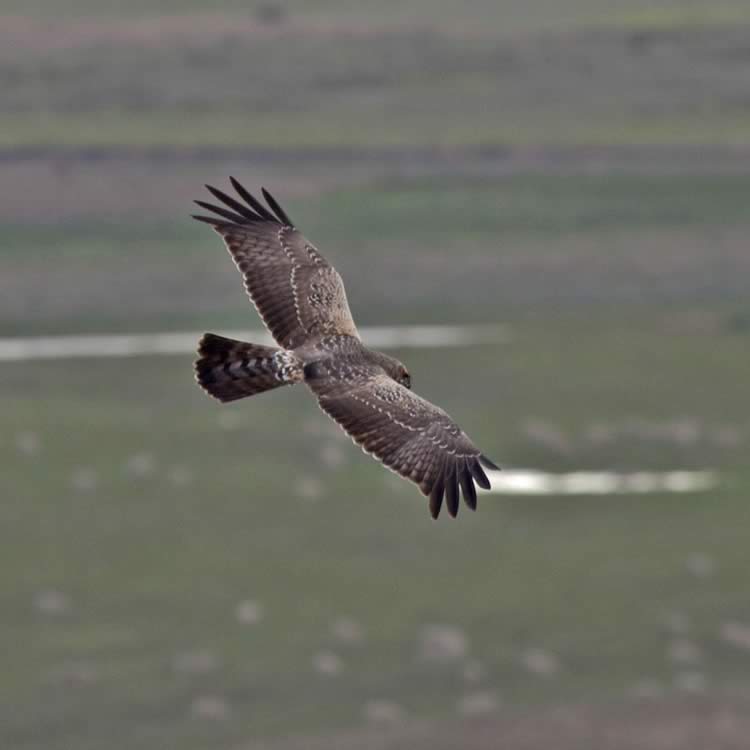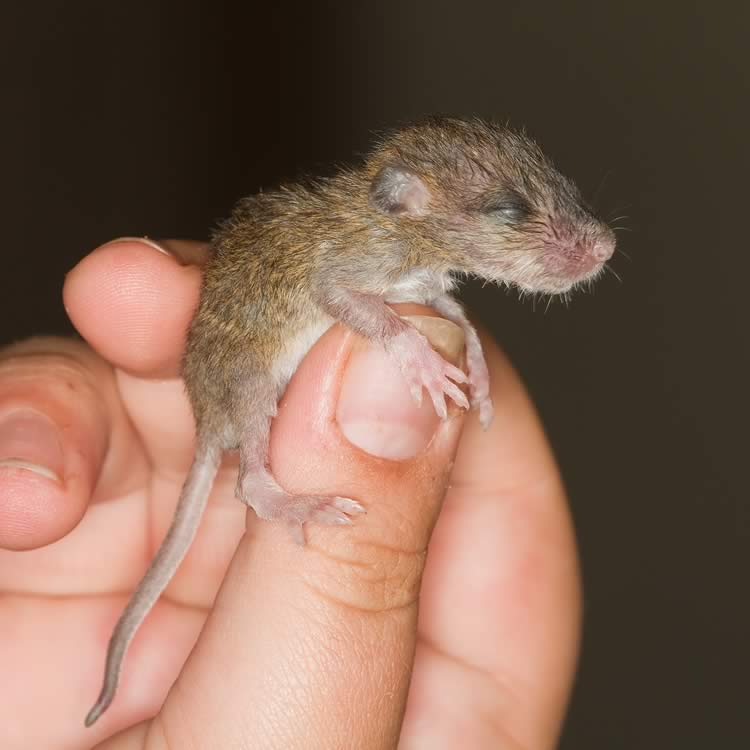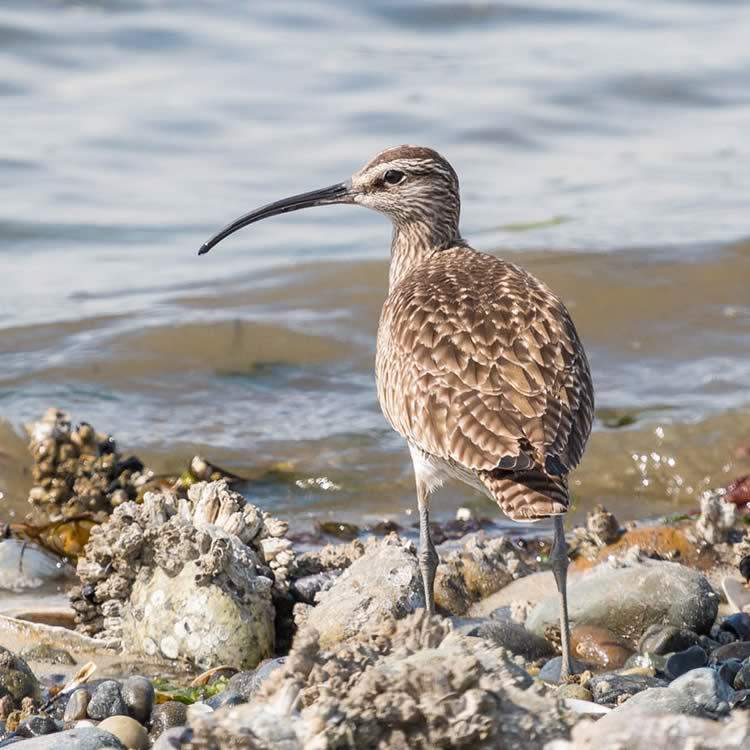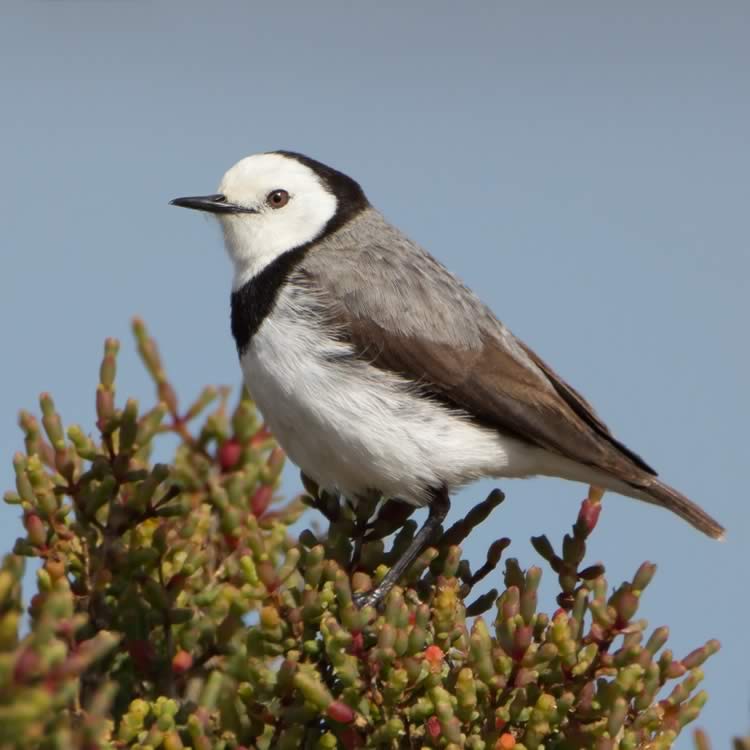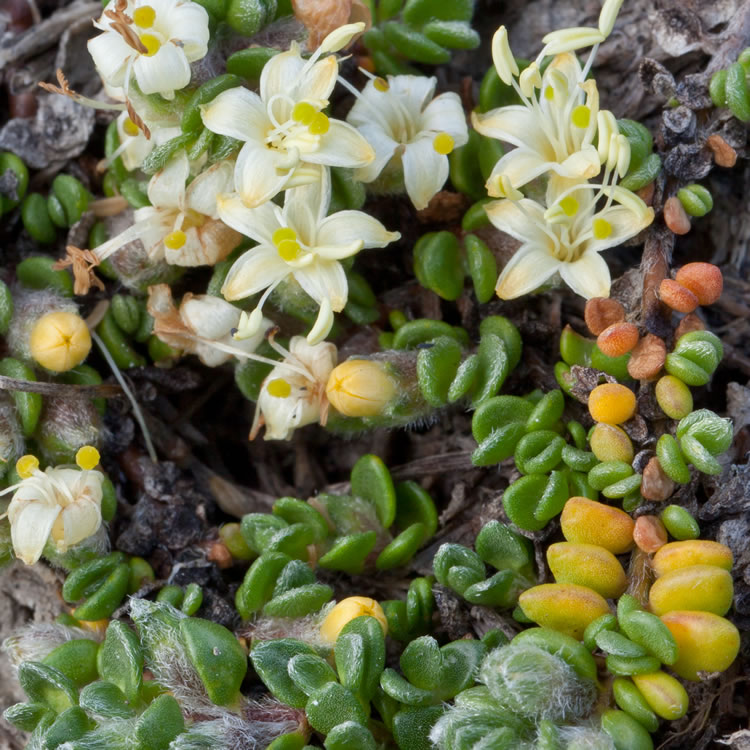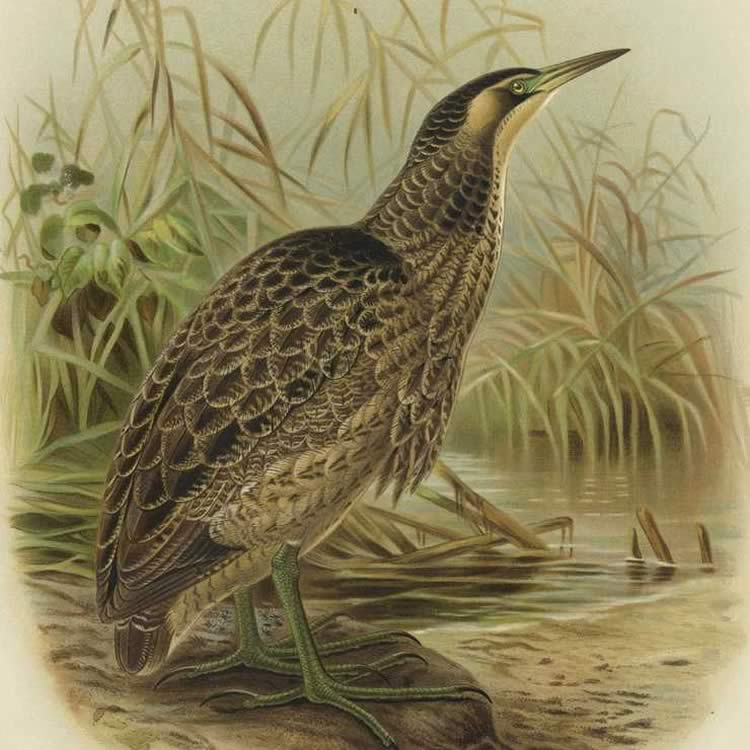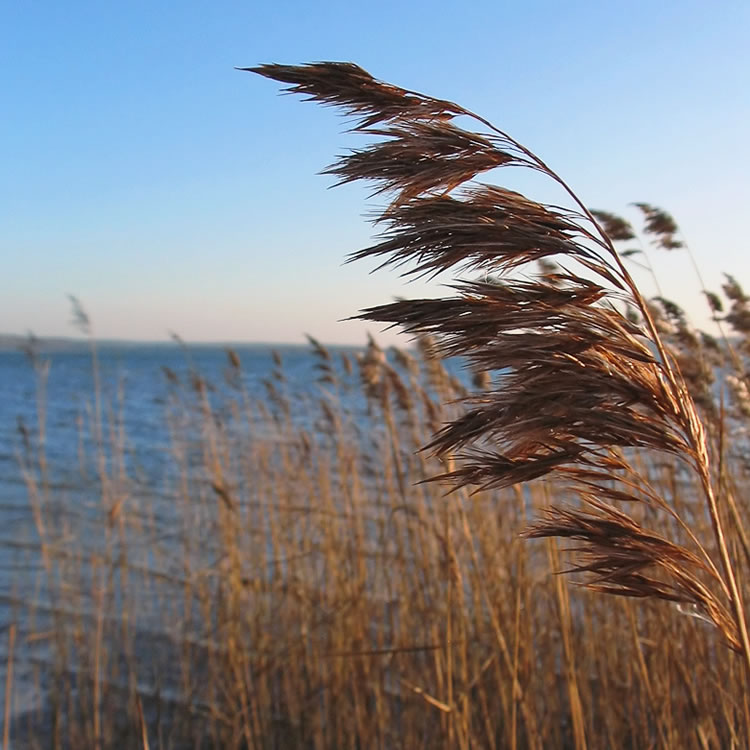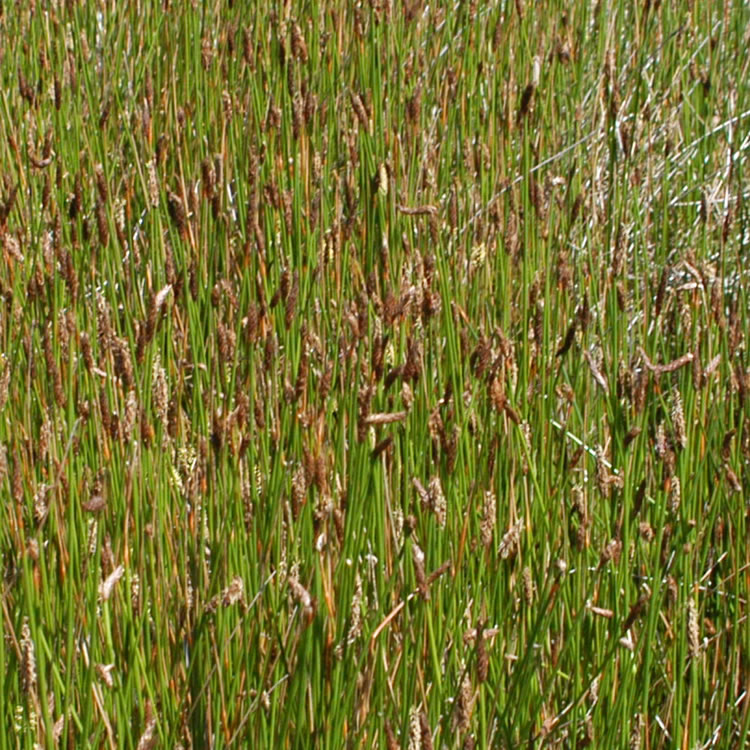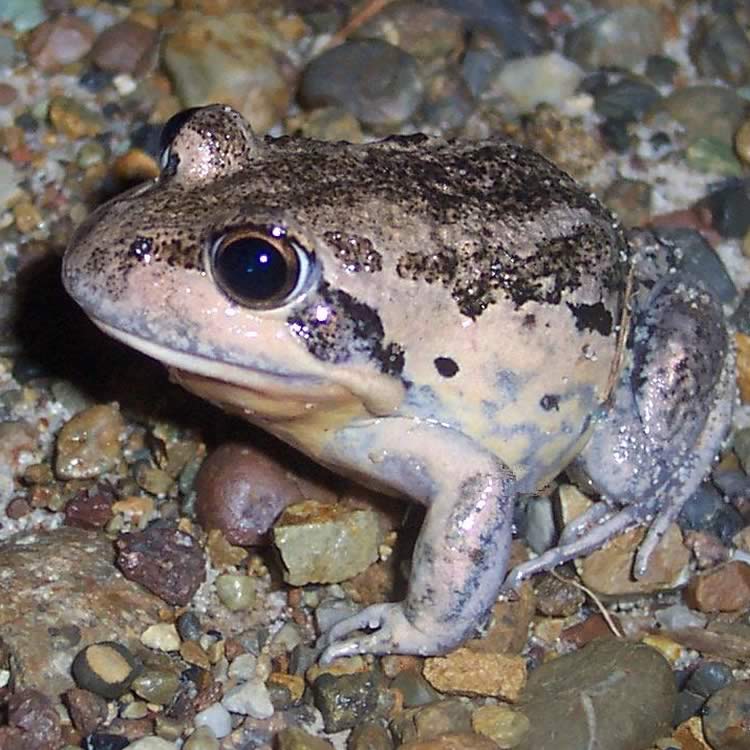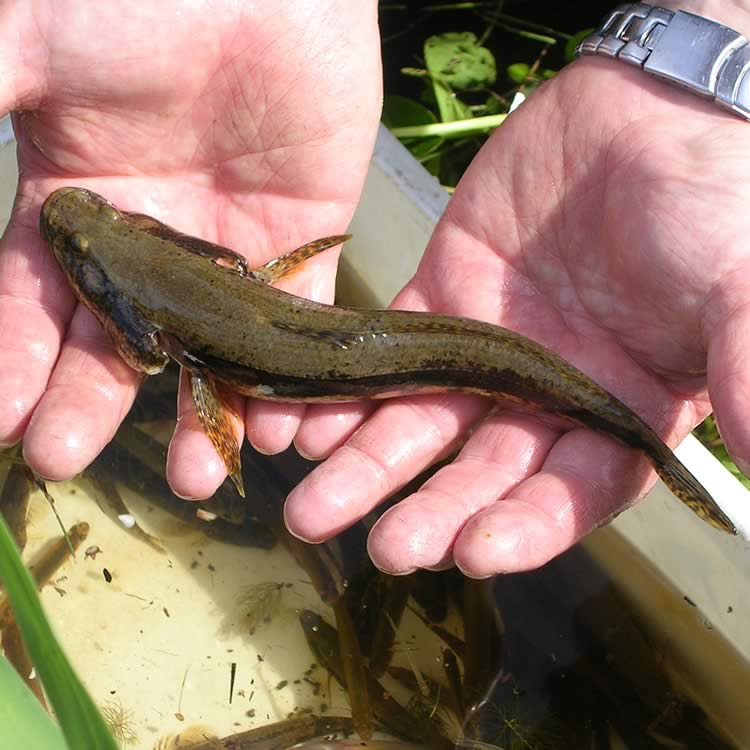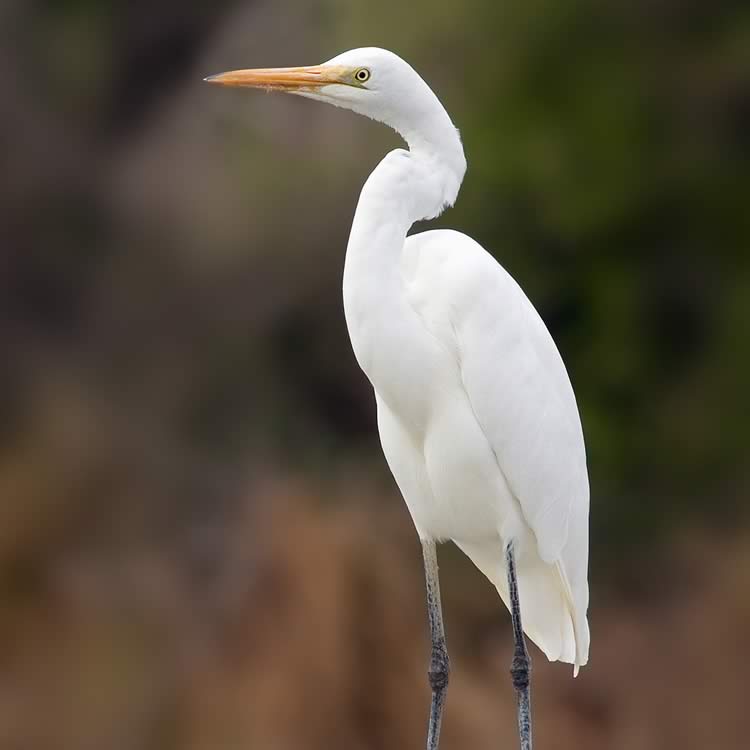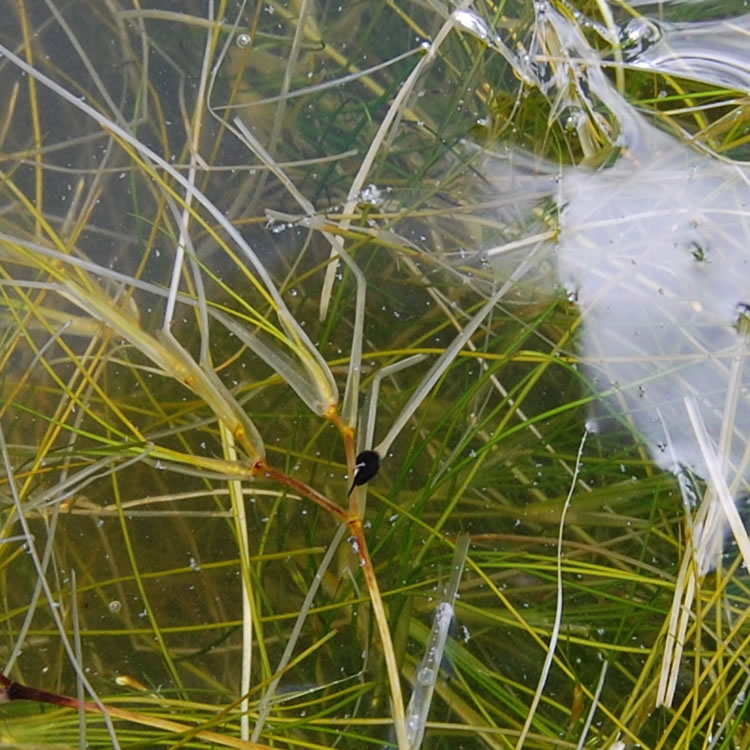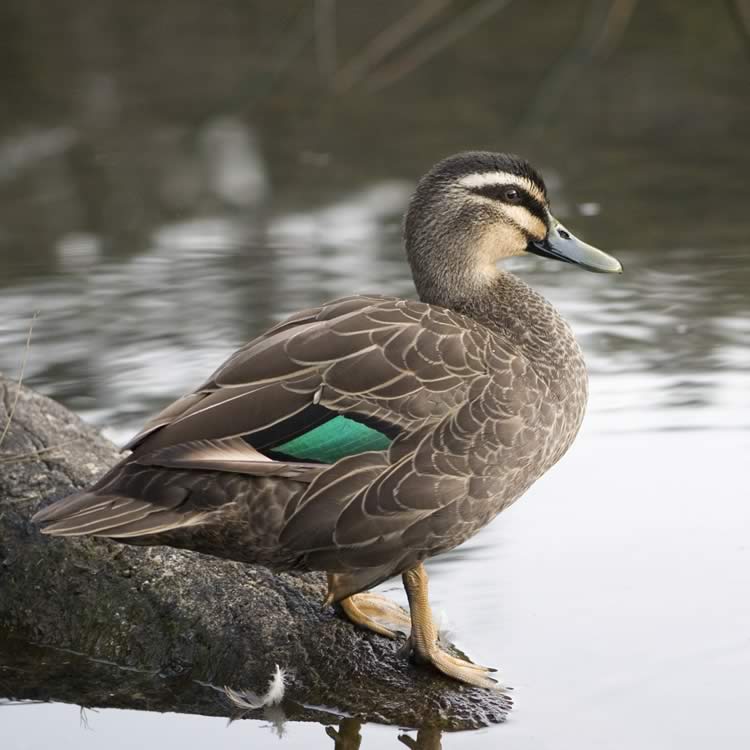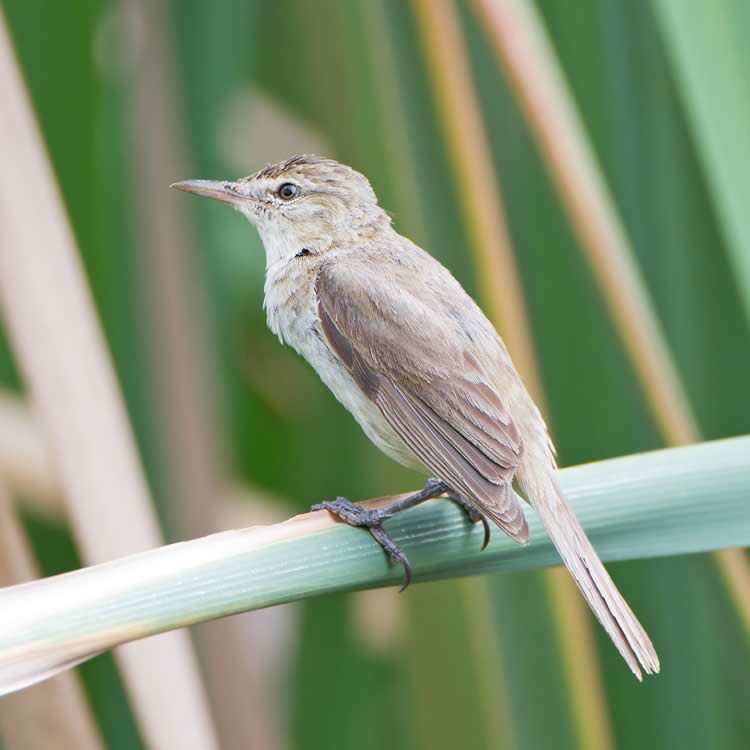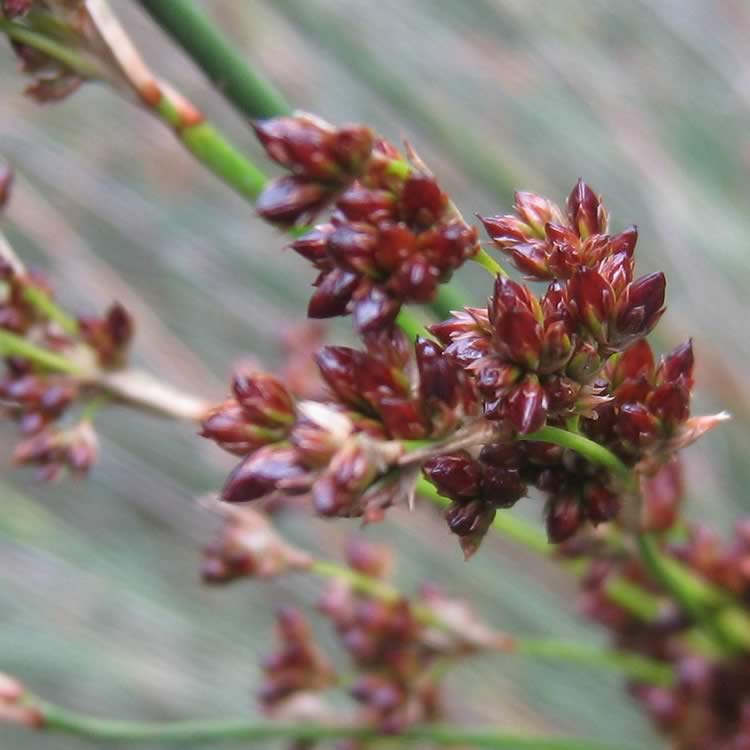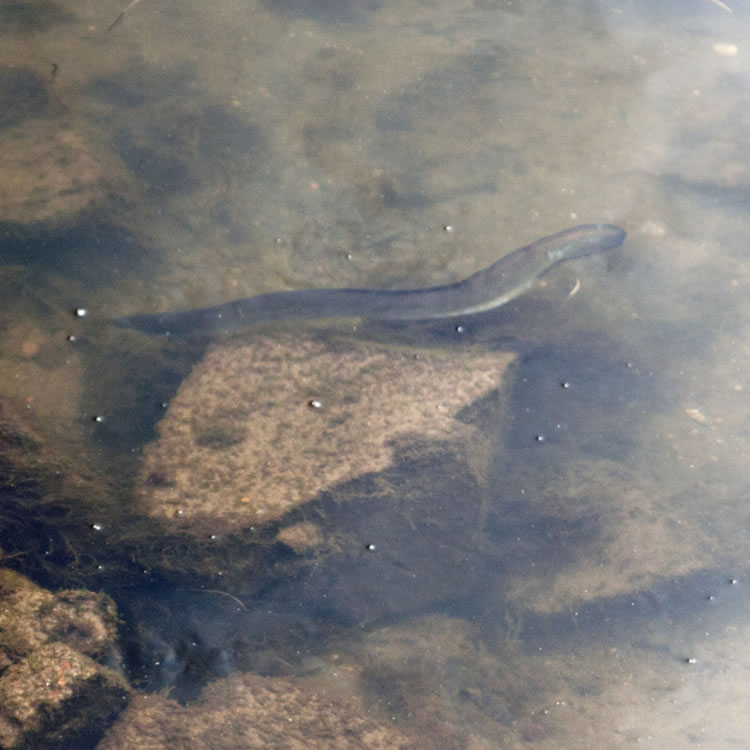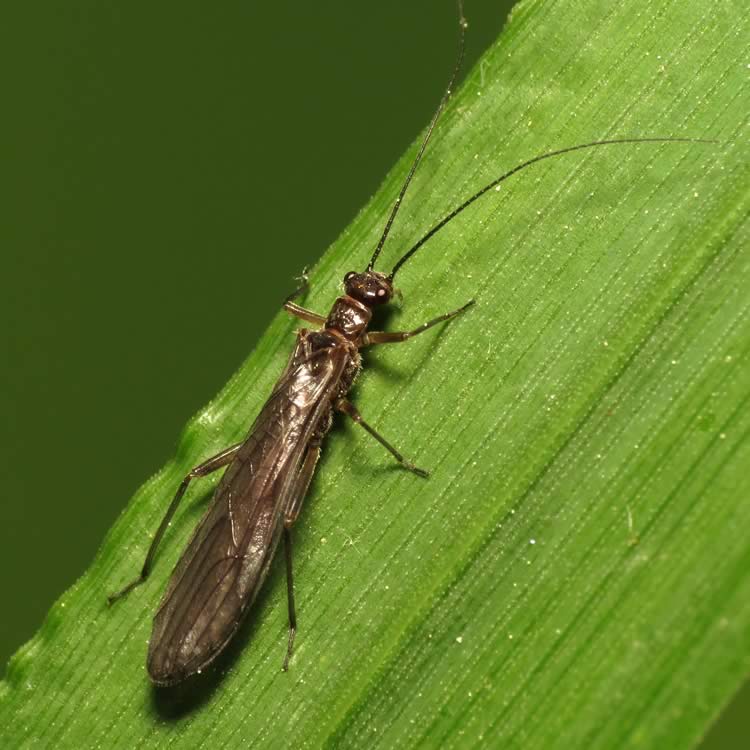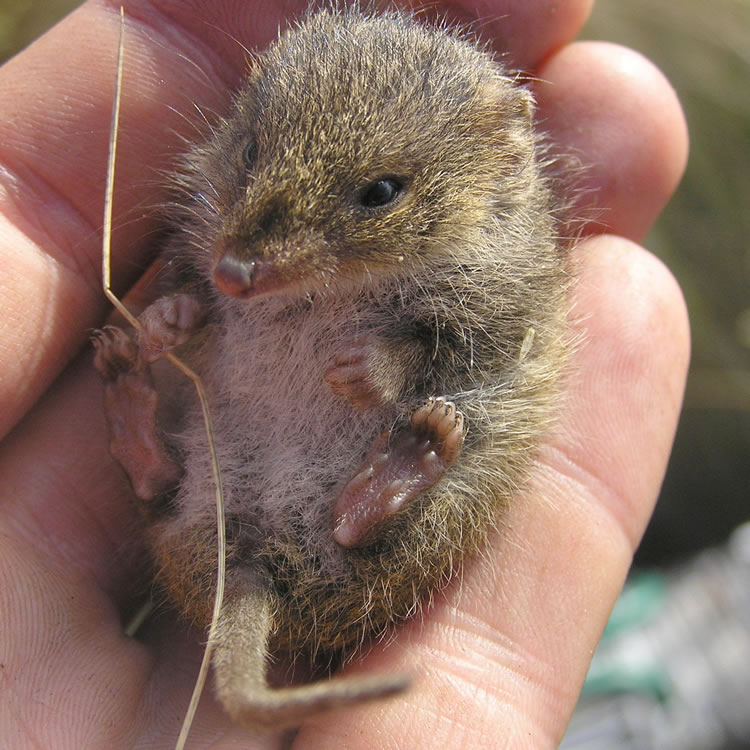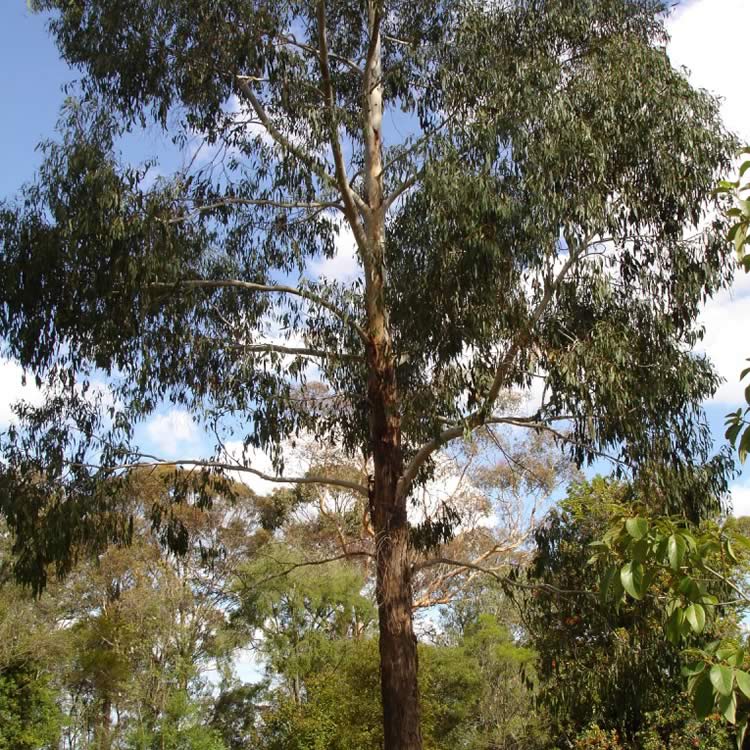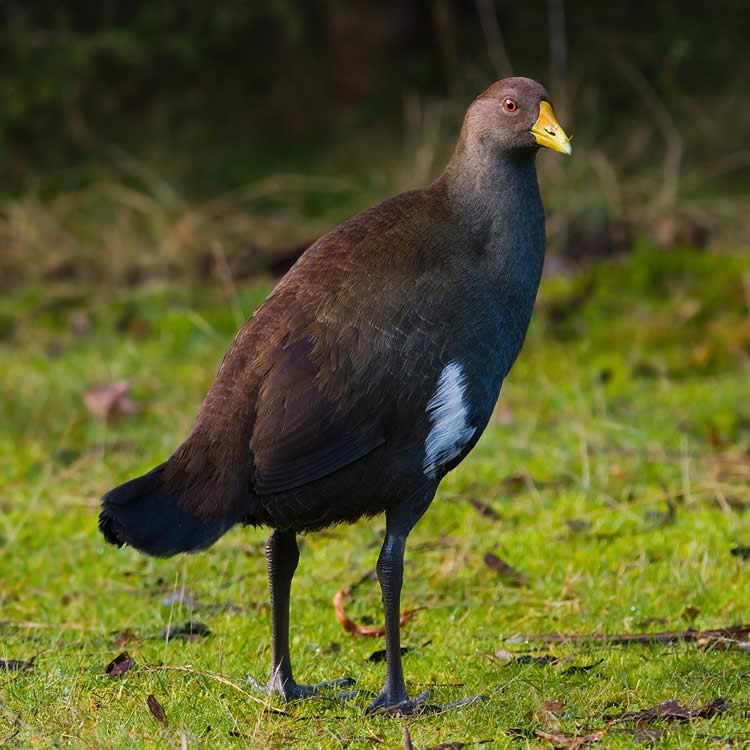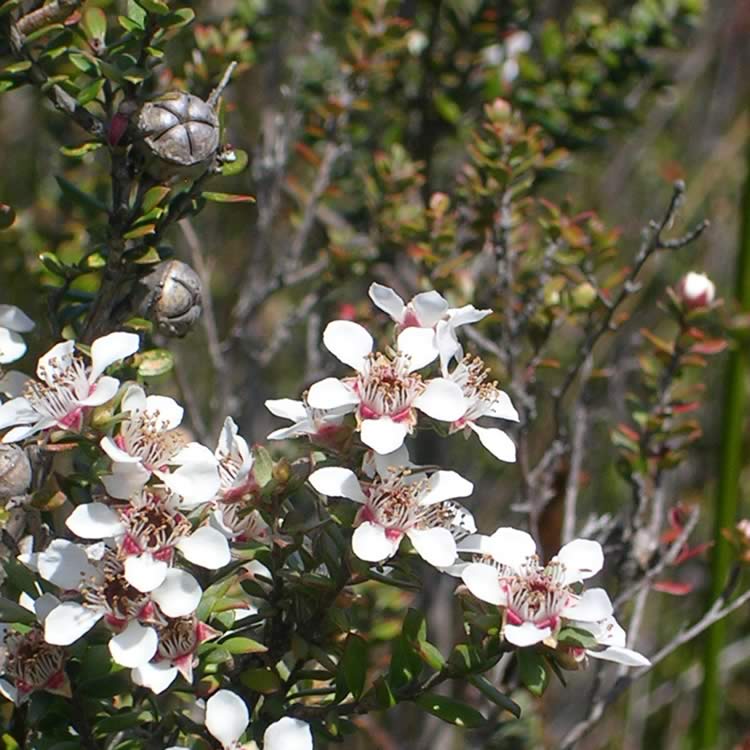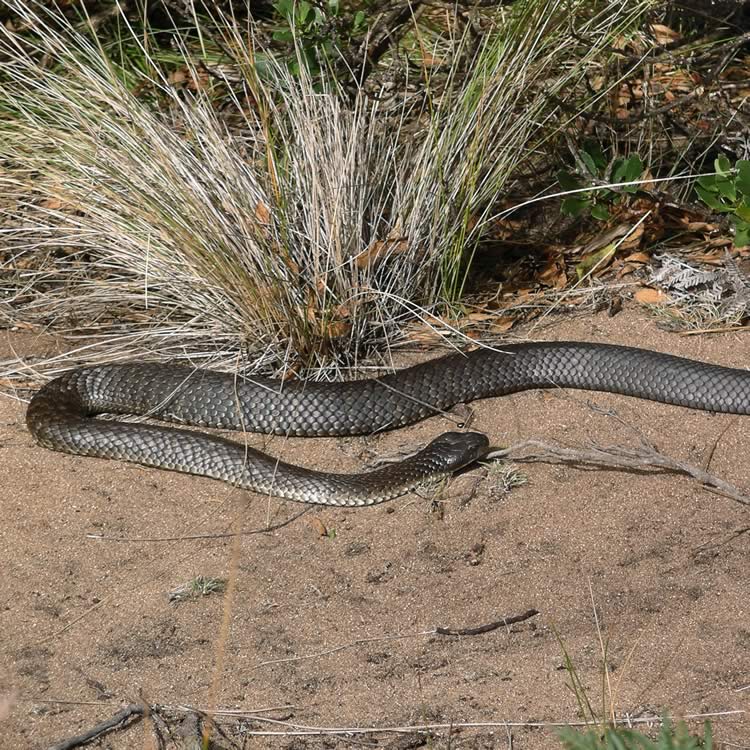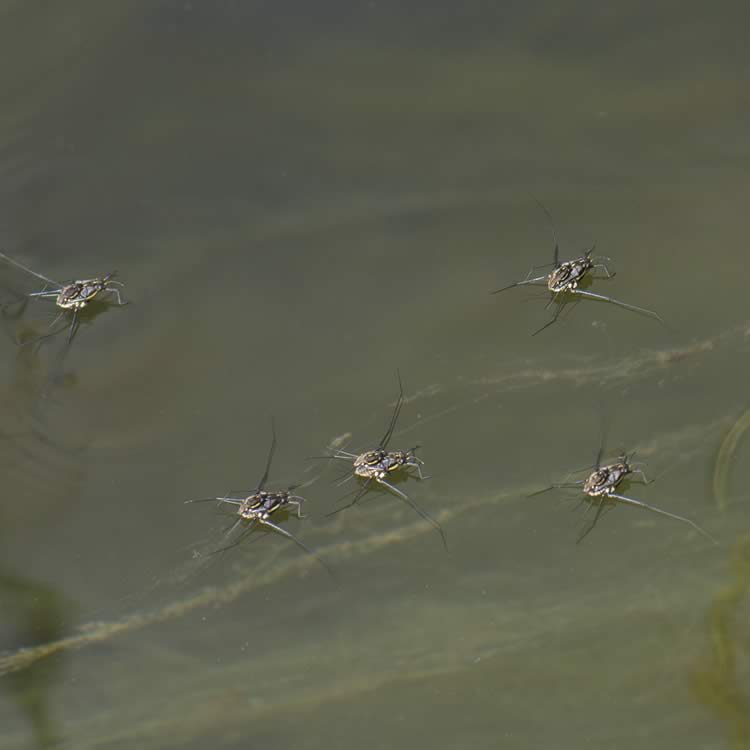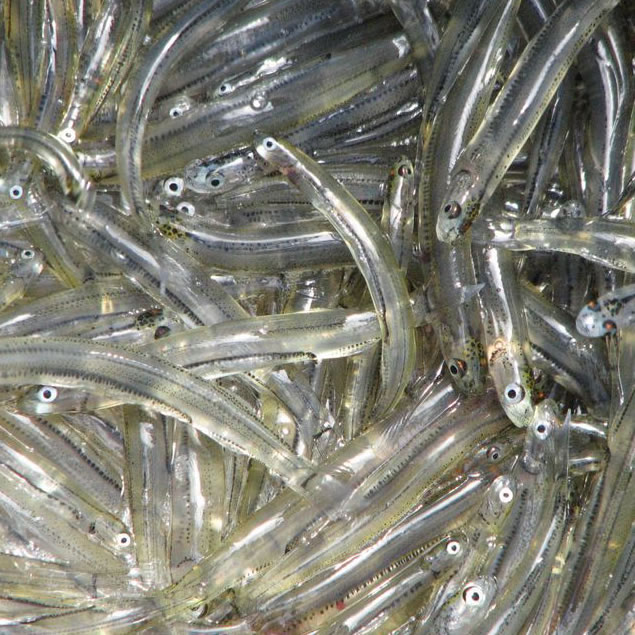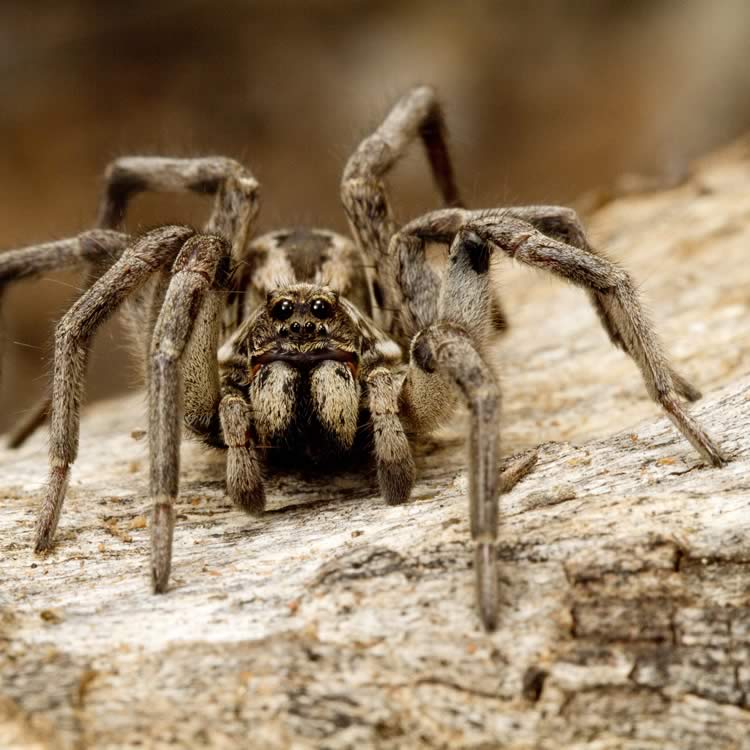Rocky reefs, kelp beds and inter-tidal zone
Tasmania’s cold-water reef habitats contain a variety of colourful plants and animals including giant kelp, sponges and corals, fish, seadragons, crayfish and abalone. The rocky reefs of southern Tasmania are considered to be among the most diverse marine habitats in Australia, with hundreds of different species contained within a small area.
-

Banded morwong -

Biscuit star -

Black lipped abalone -

Blue mussel -

Blue-throated wrasse -

Chiton -

Crested tern -

Derwent River Seastar -

Diver -

Draughtboard shark -

Eight-armed seastar -

Finger sponge -

Fisherman -

Giant kelp -

Jewel anemone -

Kayaker -

Little penguin -

Long-snouted boarfish -

Maori octopus -

Neptune’s necklace -

Northern Pacific seastar -

Orange feather star -

Pacific gull -

Pacific oyster -

Purple urchin -

Regular seastar -

Sailor -

Sea lettuce -

Shore crab -

Short-tailed sea slug -

Southern hulafish -

Southern rock lobster -

Tasmanian blenny -

Toothbrush leatherjacket -

Tube worm -

Turban shell -

Velvet seaweed -

Waratah anemone -

Weedy seadragon -

White bellied sea eagle
Saltmarsh and tidal flats
Saltmarshes and tidal flats occur in the intertidal zone, which is the area underwater at high tide and exposed to air at low tide. Tidal flats are large muddy or sandy areas that are inundated by the tide daily, where as saltmarshes are at the higher end of the intertidal zone, and are generally inundated less frequently. In Tasmania saltmarshes mainly occur in small patches and are generally found within bays and at the mouths of creeks and streams. Their extent depends upon the shape of the landscape, being largest in flat low-lying areas. Within the Derwent estuary the largest area of saltmarshes and tidal flats occurs in Ralphs Bay near Lauderdale. They are highly productive habitats provide food and shelter for a diverse suite of marine and terrestrial species, and also support the healthy functioning of estuaries.
-

Baitfish -

Beaded and thick-headed glasswort -

Birdwatcher -

Black-faced cormorant -

Burrowing invertebrates -

Chaffy saw sedge -

Chequered blue butterfly -

Dragonfly -

Egret -

Fisherman -

Flounder -

Fragile air-breather -

Kayaker -

Looper Moth -

Microscopic algae and bacteria -

Pacific gull -

Pied oystercatcher -

Red-capped plover -

Round leafed pigface and native pigface -

Sand flathead -

Shark -

Shrubby glasswort -

Skate -

Striated field wren -

Swamp harrier -

Water rat -

Whimbrel -

White-fronted chat -

Wilsonia
Sandy soft sediments and seagrass
Seagrasses are grass-like plants adapted for life underwater in coastal environments. These highly productive plants provide food and shelter for many fish, birds and other animals and are a critical link in the marine food web. Seagrasses are usually found in shallow water and are very sensitive to water pollution by sediments and nutrients.
Terrestrial foreshore vegetation
Coming soon.
Tidal wetlands and macrophytes beds
Wetlands are vegetated areas that are regularly covered by standing water. Many different types of plants and animals are attracted to the water and plant life in wetlands, including birds, platypus, frogs and snakes. Wetlands also acts as natural sponges, absorbing and stilling flood waters and filtering out sediments, nutrients and other pollutants.
-

Aquatic earthworm -

Australasian Bittern -

Bat -

Black swan -

Butterfly -

Common reed -

Common spike-rush -

Dragonfly -

Eastern banjo frog -

Freshwater flathead -

Freshwater mussel -

Freshwater snail -

Great egret -

Macrophytes -

Pacific black duck -

Platypus -

Reed warbler -

Sea rush -

Short-finned eel -

Shrimp -

Stonefly -

Swamp antechinus -

Swamp gum -

Swamp harrier -

Tasmanian native hen -

Tea tree -

Tiger snake -

Trout -

Water boatman -

Water strider -

Whitebait -

Wolf spider

